上 world greenhouse gas emissions chart 155420
The planet's average surface temperature has risen about 212 degrees Fahrenheit (118 degrees Celsius) since the late 19th century, a change driven largely by increased carbon dioxide emissions into the atmosphere and other human activities 4 Most of the warming occurred in the past 40 years, with the seven most recent years being the warmest The years 16 and are tied forThe NOAA Annual Greenhouse Gas Index (AGGI) measures the commitment society has already made to living in a changing climate It is based on the highest quality atmospheric observations from sites around the world Its uncertainty is very low The AGGI is analogous to the dial on an electric blanket Just as the dial does not tell you exactly This chart offers a comprehensive view of global greenhouse gas (GHG) emissions It describes the sources and activities across the global economy that produce greenhouse gas emissions, as well as the type and volume of gases associated with each activity It is an updated version of the 05 chart

World Greenhouse Gas Emissions Charticulator
World greenhouse gas emissions chart
World greenhouse gas emissions chart-Global greenhouse gas emissions are about 50 Gt per year (66t per person) and for 19 have been estimated at 57 Gt CO2 eq including 5 Gt due to land use change Carbon dioxide (CO 2), nitrous oxide (N 2 O), methane, three groups of fluorinated gases (sulfur hexafluoride (SF Carbon dioxide (CO 2) is the primary greenhouse gas emitted through human activities In 19, CO 2 accounted for about 80 percent of all US greenhouse gas emissions from human activities Carbon dioxide is naturally present in the atmosphere as part of the Earth's carbon cycle (the natural circulation of carbon among the atmosphere, oceans, soil, plants, and




The World S Greenhouse Gas Emissions In One Graphic Climate Central
The world saw 361 billion tonnes of CO2 emissions in 18 Consider China Despite worldleading investments in renewable energy, its greenhouse gas emissions are still on the rise Last year, the superpower was responsible for almost onethird of all the CO2 emitted) emissions in the UK are provisionally estimated to have fallen by 107% in from 19, to 3261 million tonnes (Mt), and total greenhouse gas emissions by % to 4141 million tonnes carbon dioxide equivalent (MtCO 2 e) Total greenhouse gas emissions were 4% lower than they were in 1990 In 19, US greenhouse gas emissions totaled 6,558 million metric tons (145 trillion pounds) of carbon dioxide equivalents This total represents a 2 percent increase since 1990 but a 12 percent decrease since 05 (see Figure 1) For the United States, during the period from 1990 to 19 (see Figure 1)
The amount of emissions of any oil company shown on the chart is the combination of both the greenhouse gases released during the process of extracting the oil from the ground and the burning of all that oil by customers who use it to powerIn this chart we see the growth of global emissions from the mid18th century through to today We see that prior to the Industrial Revolution, emissions were very low Growth in emissions was still relatively slow until the midth century In 1950 the world emitted 6 billion tonnes of CO2In 19, total greenhouse gas emissions, including landuse change, reached a new high of 591 gigatonnes of carbon dioxide equivalent (GtCO 2 e) This means that atmospheric concentrations of carbon dioxide continue to grow, as shown in the graph below (expressed in parts per million)
100 companies are responsible for 71% of global emissions, study says Read more Just 100 companies have been the source of more than 70% of the world's greenhouse gas emissions since 19, according to a new reportIn 18 New Zealand's gross greenhouse gas emissions were 7 million tonnes of CO 2 e, 240 percent higher than 1990 and 10 percent lower than 17 Gross GHG emissions were mainly made up of carbon dioxide (445 percent), methane (435 percent), and nitrous oxide (96 percent)The top 10 largest emitter countries account for 676% of the world total Since 06, China has been emitting more CO 2 than any other country, but all being equal, to make a fair comparison of contributions, emissions in terms of CO 2 per person have to be made as China also has the world's largest population



Emissions By Sector Our World In Data




U S Emissions Dropped In 19 Here S Why In 6 Charts Inside Climate News
Greenhouse gases refer to the sum of seven gases that have direct effects on climate change carbon dioxide (CO 2), methane (CH 4), nitrous oxide (N 2 O), chlorofluorocarbons (CFCs), hydrofluorocarbons (HFCs), perfluorocarbons (PFCs), sulphur hexafluoride (SF6) and nitrogen trifluoride (NF3) The data are expressed in CO 2 equivalents and refer to gross direct emissionsThis chart shows the change in global greenhouse gas emissions over time Greenhouse gases are measured in 'carbon dioxideequivalents' (CO 2 e) Today, we collectively emit around 50 billion tonnes of CO 2 e each year This is more than 40% higher than emissions in 1990, which were around 35 billion tonnesElectricity Sector Emissions Total Emissions in 14 = 6,870 Million Metric Tons of CO 2 equivalent * Land Use, LandUse Change, and Forestry in the United States is a net sink and offsets approximately 11 percent of these greenhouse gas emissions All emission estimates from the Inventory of US Greenhouse Gas Emissions and Sinks 1990–14 Larger image to save or print
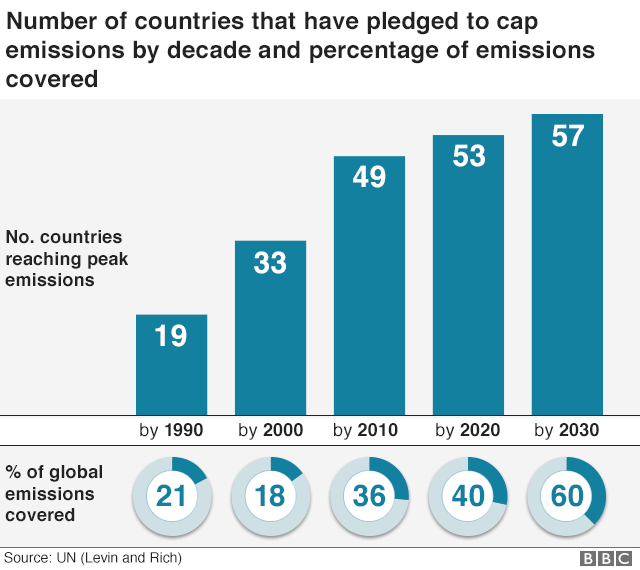



Climate Change Co2 Emissions Rising For First Time In Four Years c News




World Ghg Green House Gasses Emissions Flow Chart Blog About Infographics And Data Visualization Greenhouse Gases Ghg Emissions Greenhouse Gas Emissions
Trends in global GHG emissions • Global greenhouse gas emissions show no signs of peaking • Global CO 2 emissions from energy and industry increased in 17, following a threeyear period of stabilization • Total annual greenhouse gases emissions, including from landuse change, reached a record high of 535 GtCO 2e in A new chart from the World Resources Institute shows that nearly three quarters of all emissions comes from just 10 places Top heavy Admittedly, the top ten does treat the EU as a single entity, but even if you discount all 28 member states, the other top nine emitting countries produce well over half the world's greenhouse gases on their own The chart above and table below both show data compiled by the International Energy Agency, which estimates carbon dioxide (CO 2) emissions from the combustion of coal, natural gas, oil, and other fuels, including industrial waste and nonrenewable municipal waste Here we rank the top highest emitters of annual carbon dioxide in 18 (the most recent




Global Carbon Emissions Are On The Rise Again Imf Blog
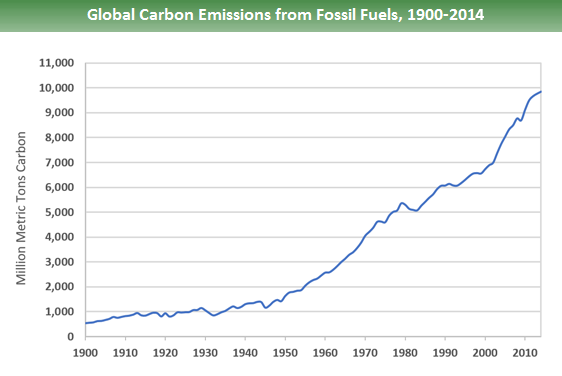



Global Greenhouse Gas Emissions Data Us Epa
Graph by NOAA Climategov based on data from NOAA ESRL According to the 19 AGGI report, the combined heating influence of the longlived, humanproduced greenhouse gases is 314 Watts for every square meter of Earth's surface Just over 80 percent of that is due to carbon dioxide (66%) and methane (16%) Carbon dioxide accounted for the largest percentage of greenhouse gases (80%), followed by methane (10%), nitrous oxide (7%), and other greenhouse gases (3%) Total US emissions for 19 totaled 6,558 million metric tons of CO2e and net emissions, taking sinks into account, totaled 5,769 million metric tons CO2eBarriers are generally not built within other electrical generating systems, and as such, the greenhouse gas emissions attributed to construction of a nuclear power plant are higher than emissions resulting from construction of other generation methods These additional emissions are accounted for in each of the studies included in Figure 2




Climate Change Emissions Edge Up Despite Drop In Coal c News
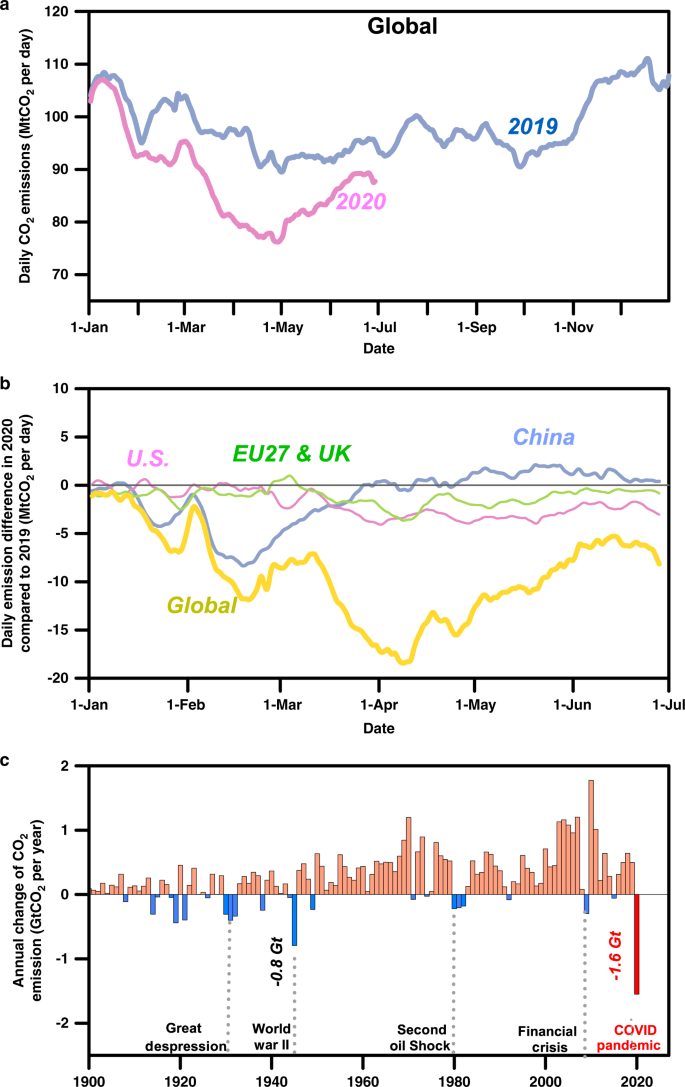



Near Real Time Monitoring Of Global Co2 Emissions Reveals The Effects Of The Covid 19 Pandemic Nature Communications
Trends in greenhouse gas emissions This article presents trends in emissions of all greenhouse gases, namely carbon dioxide (CO 2), methane (CH 4), nitrous oxide (N 2 O), hydrofluorocarbons (HFCs), perfluorocarbons (PFCs), sulphur hexafluoride (SF 6) and natrium trifluoride (NF 3)Data presented in this article include emissions from international aviation and exclude emissions or Daily chart Greenhousegas emissions are set to rise fast in 21 and therefore greenhousegas emissions Indeed, global energyrelated carbon emissions fell by The charts above list EU countries by total greenhouse gas (GHG) emissions in 17 and the infographic below shows the world's top greenhouse gas emitters in 15 The EU is the third biggest emitter behind China and the United State and followed by India and Russia Greenhouse gases remain in the atmosphere for periods ranging from a few years to thousands
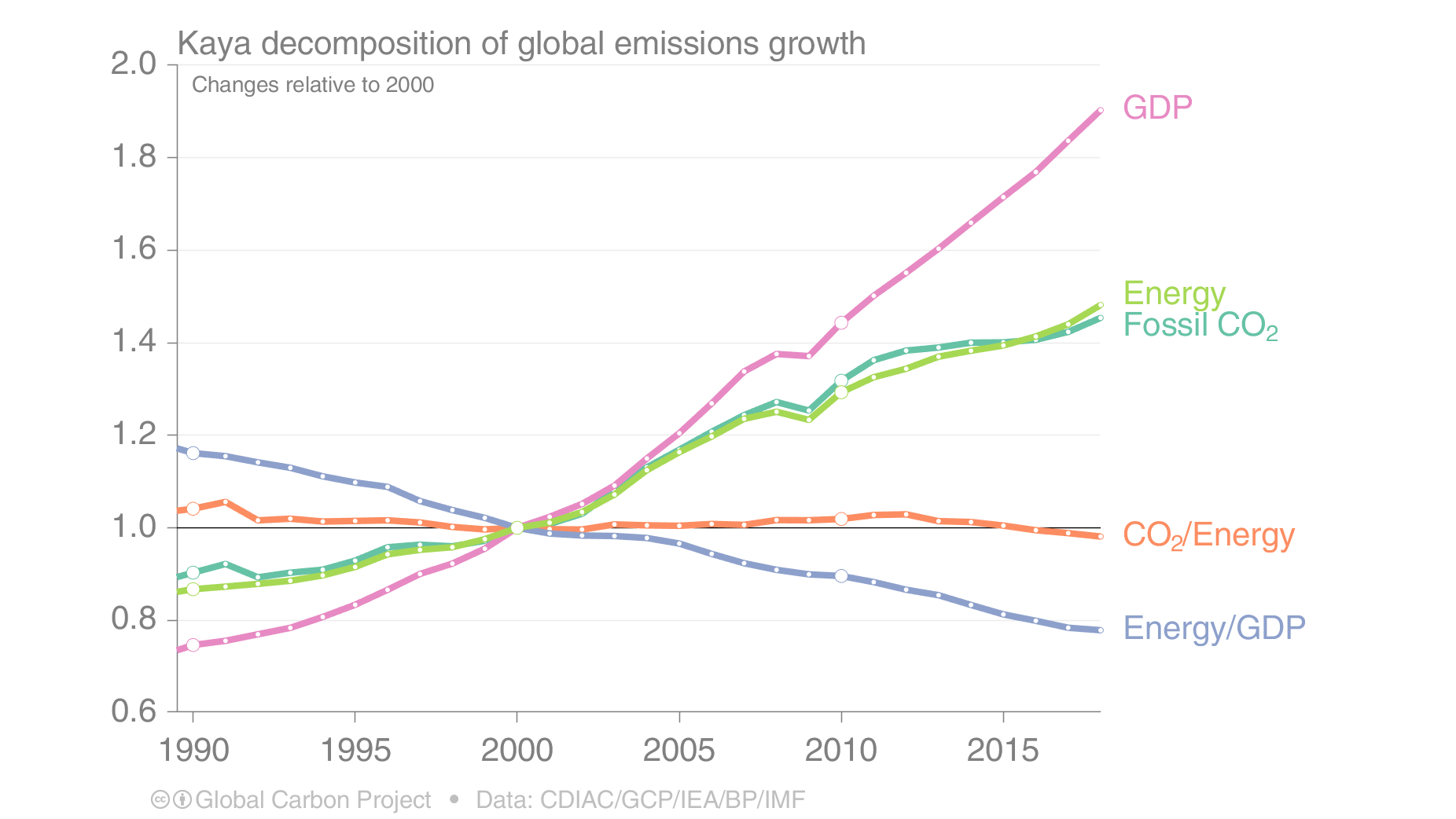



Here S How Much Global Carbon Emission Increased This Year Ars Technica
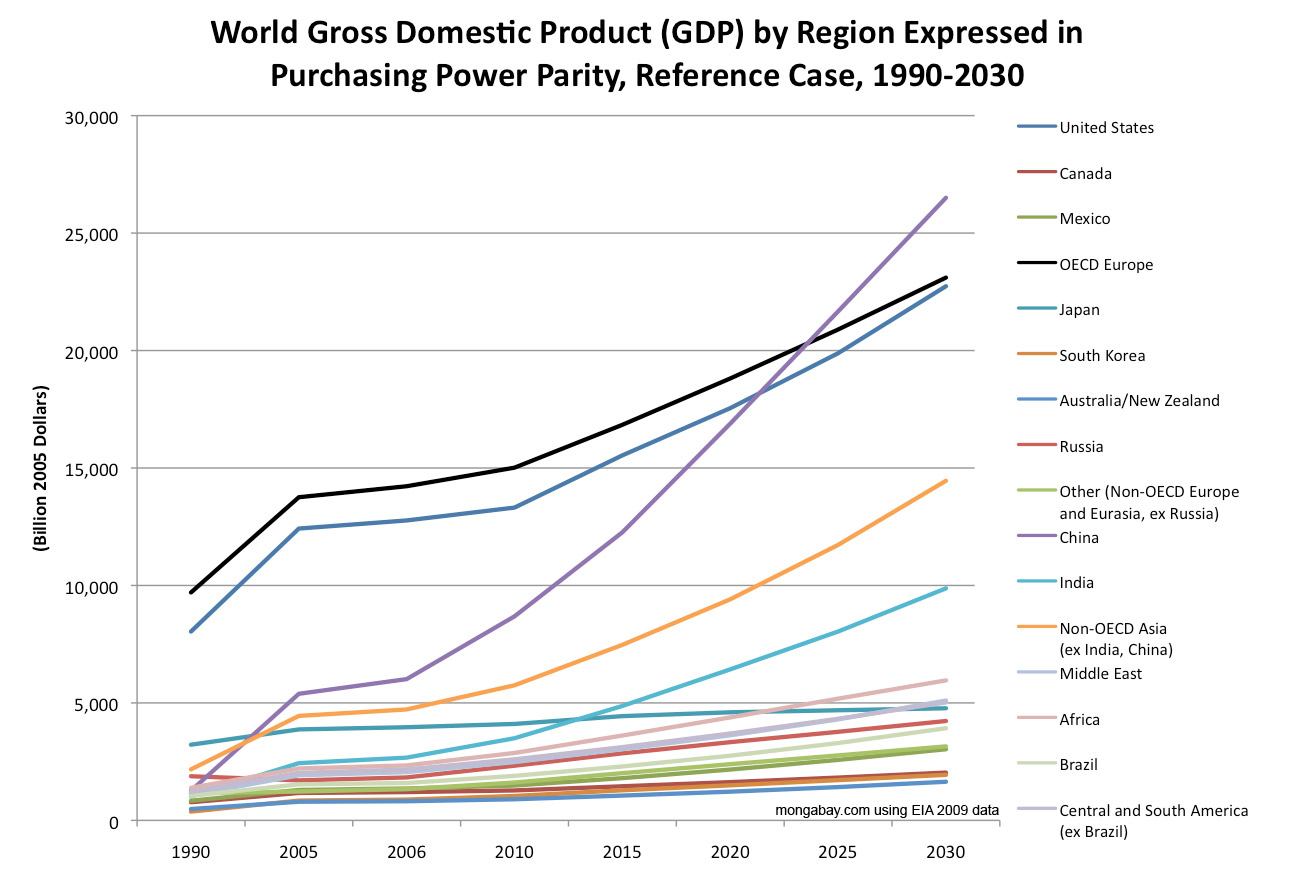



Carbon Dioxide Emissions Charts
Global energyrelated CO2 emissions by sector Chart and data by the International Energy Agency The graphic paints a picture of how that looks for each country China's emissions for energy alone make up nearly percent of total global discharge ofAs air moves around the world, greenhouse gases become globally mixed, which means the concentration of a greenhouse gas like carbon dioxide is roughly the same no matter where you measure it Even though some countries produce more greenhouse gases than others, emissions from every country contribute to the problem
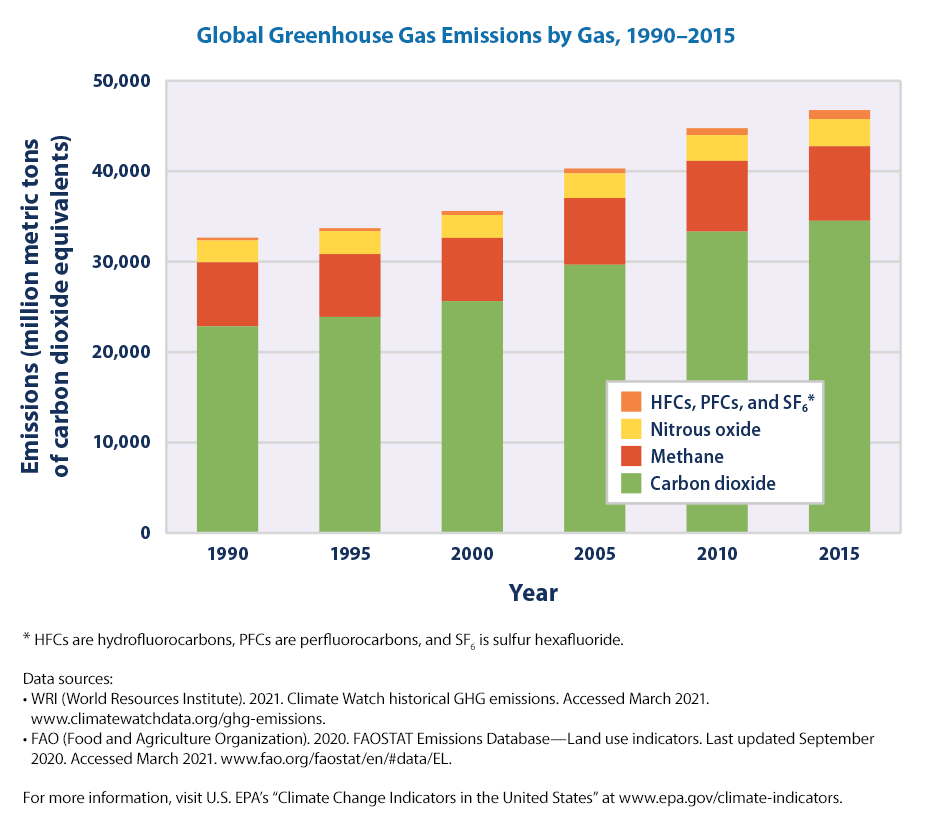



Climate Change Indicators Global Greenhouse Gas Emissions Us Epa



1
Carbon dioxide (CO 2) makes up the vast majority of greenhouse gas emissions from the sector, but smaller amounts of methane (CH 4) and nitrous oxide (N 2 O) are also emitted These gases are released during the combustion of fossil fuels, such as coal, oil, and natural gas, to produce electricityThe United States produced 66 billion metric tons of carbon dioxide equivalent greenhouse gas emissions in 19, the second largest in the world after greenhouse gas emissions by China and among the countries with the highest greenhouse gas emissions per person In 19 China is estimated to have emitted 27% of world GhG, followed by the United States with 11%, then IndiaA pie chart of greenhouse gas emissions The following program depicts the emissions of greenhouse gases by mass of "carbon equivalent" Data from the 07 IPCC report, 07 Climate Change 07 Synthesis Report Contribution of Working Groups I, II and III to the Fourth Assessment Report of the Intergovernmental Panel on Climate Change Core
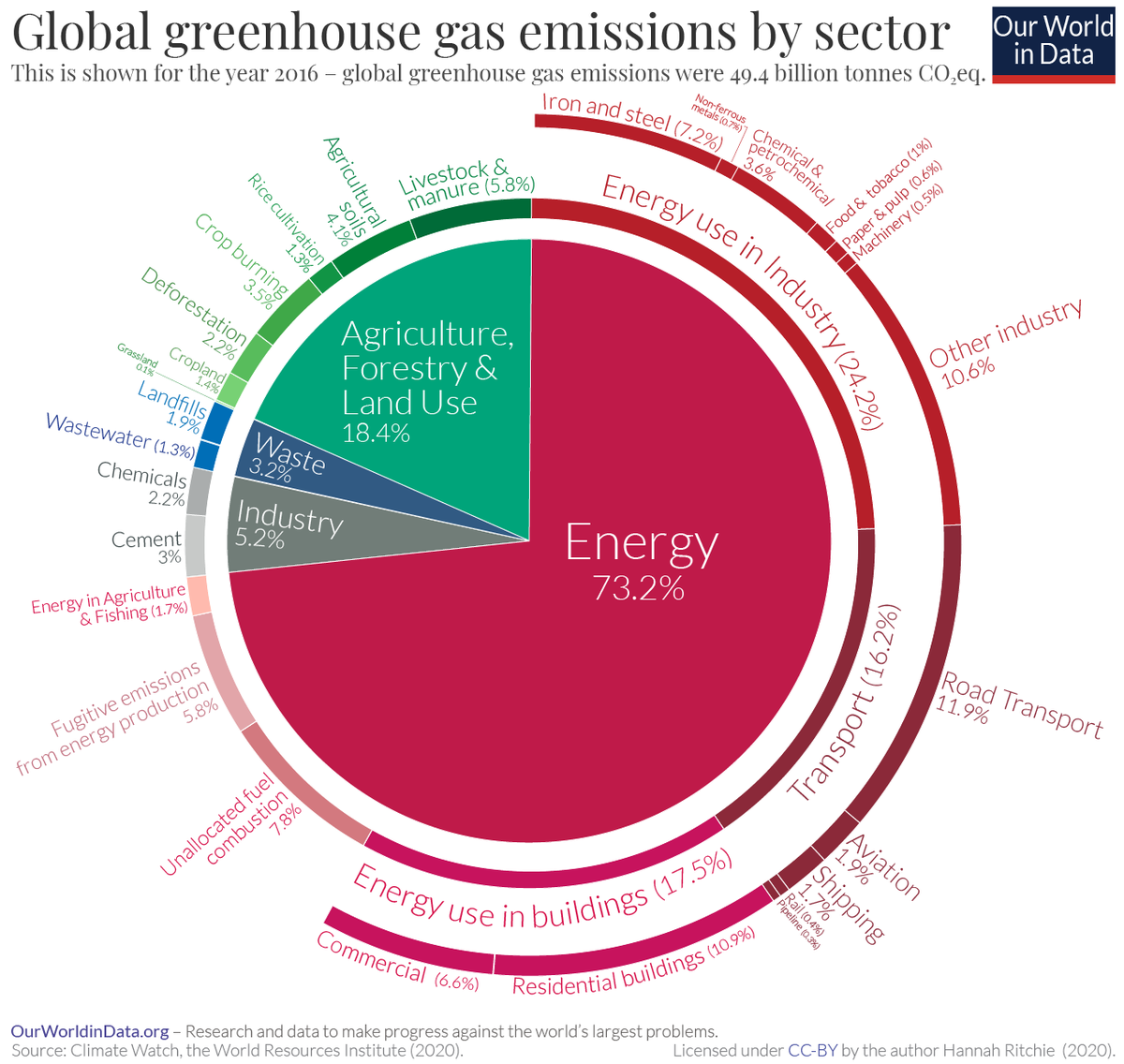



A Global Breakdown Of Greenhouse Gas Emissions By Sector
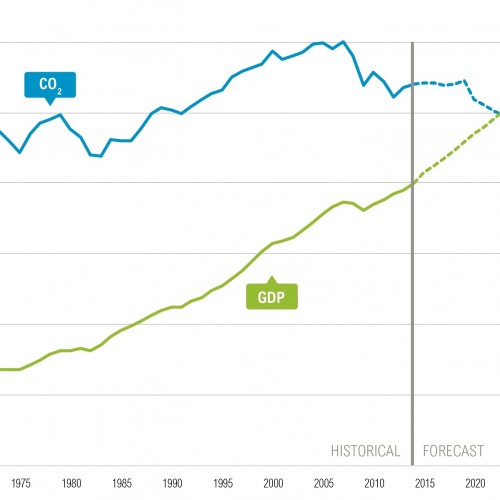



21 Countries Are Reducing Carbon Emissions While Growing Gdp Ecosystem Marketplace
Key results Between 05 and 18, global GHG emissions increased by 230%, from 38 669 to 47 552 megatonnes of carbon dioxide equivalent (Mt CO 2 eq) In 18, the highest emitting country was China with 12 355 Mt CO 2 eq, or 260% of global GHG emissions Since 05, emissions from China increased by 717%The breakdown of CO 2 emissions mirrors total greenhouse gas emissions closely The distribution of methane emissions across sectors is notably different This chart shows methane emissions by sector, measured in tonnes of carbon dioxide equivalents We see that, globally, agriculture is the largest contributor to methane emissionsHuman emissions of carbon dioxide and other greenhouse gases – are a primary driver of climate change – and present one of the world's most pressing challenges 1 This link between global temperatures and greenhouse gas concentrations – especially CO 2 – has been true throughout Earth's history 2 To set the scene, let's look at how the planet has warmed




Carbon Emissions And Population Over Time Infographic Population Education
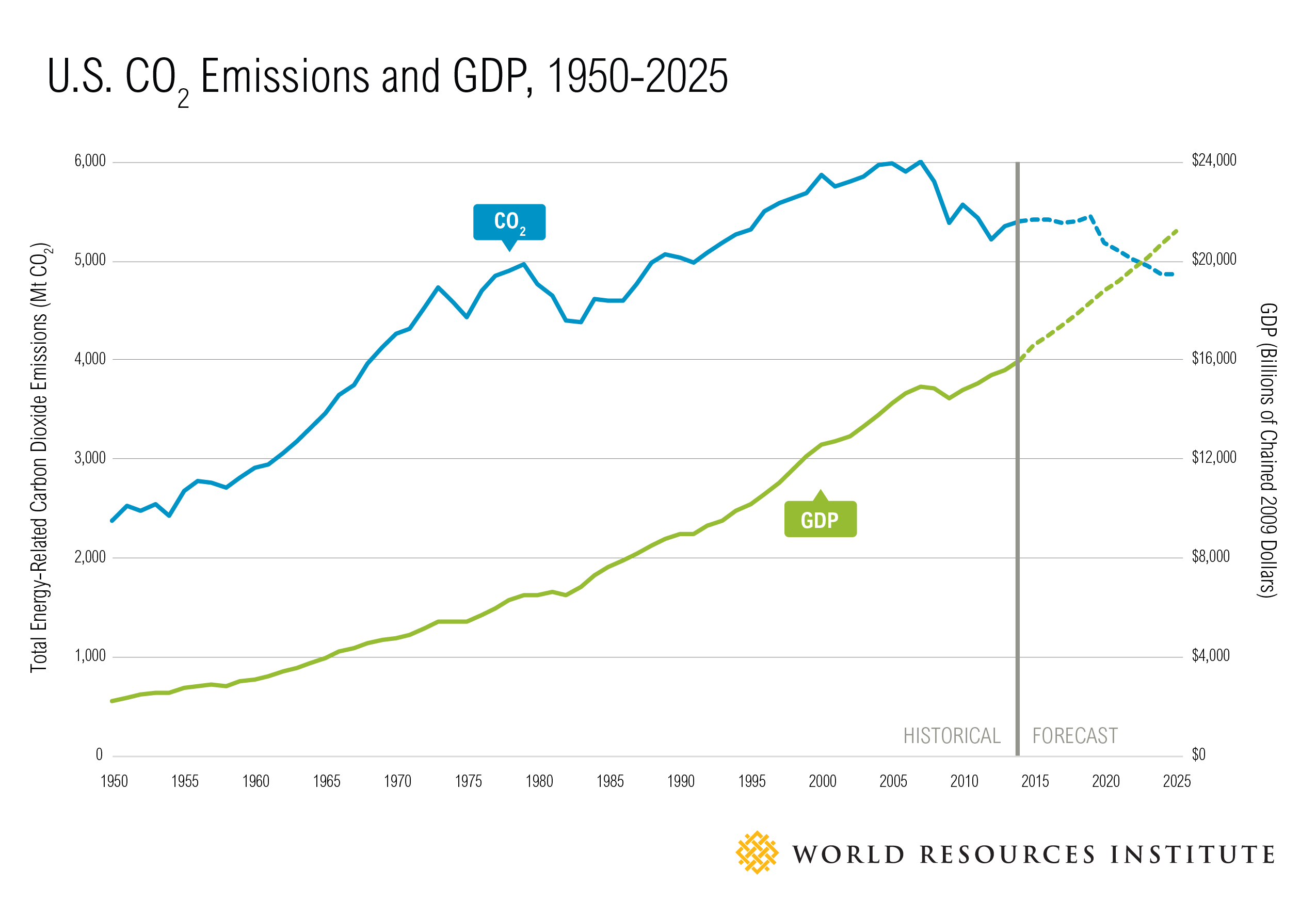



21 Countries Are Reducing Carbon Emissions While Growing Gdp Ecosystem Marketplace
Transportation (14% of 10 global greenhouse gas emissions) Greenhouse gas emissions from this sector primarily involve fossil fuels burned for road, rail, air, and marine transportation Almost all (95%) of the world's transportation energy comes from petroleumbased fuels, largely gasoline and diesel This indicator describes emissions of greenhouse gases worldwide Figure 1 Global Greenhouse Gas Emissions by Gas, 1990–15 This figure shows worldwide emissions of carbon dioxide, methane, nitrous oxide, and several fluorinated gases from 1990 to 15 For consistency, emissions are expressed in million metric tons of carbon dioxide equivalentsWelltowheels greenhouse gas emissions for cars by powertrains Chart and data by the International Energy Agency Welltowheels greenhouse gas emissions for cars by powertrains Chart and data by the International Energy Agency and the world average is based on steam methane reforming ( kg CO2eq/kg hydrogen)




Covid Curbed Carbon Emissions In But Not By Much
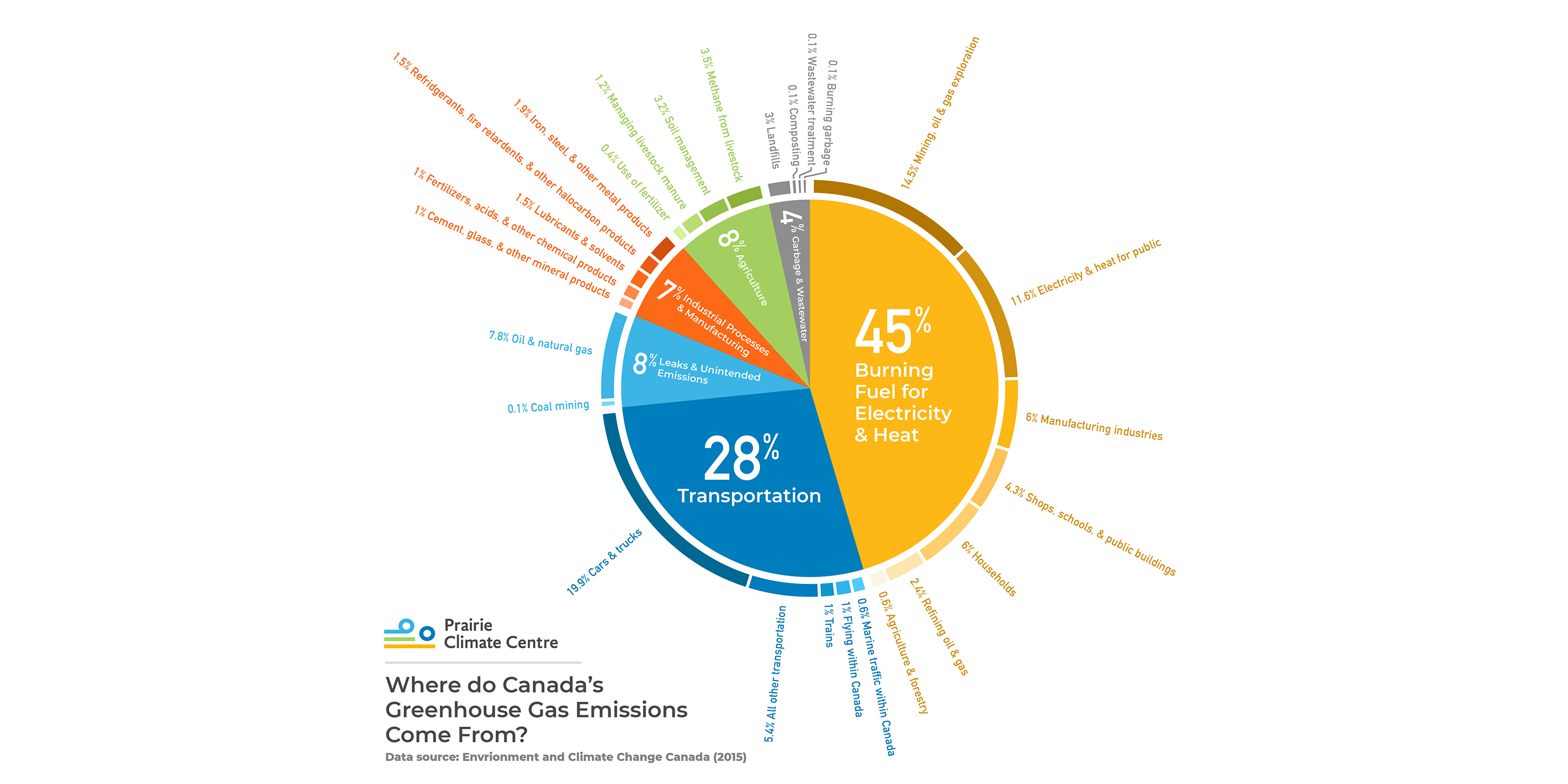



Where Do Canada S Greenhouse Gas Emissions Come From
Russia (see Greenhouse gas emissions by Russia) 1,992 1630 2670 1381 Indonesia 1,704 506 Most of the world's greenhouse gas emissions come from a relatively small number of countries China, the United States, and the nations that make up the European Union are the three largest emitters on an absolute basis Per capita greenhouse gas emissions are highest in the United States and RussiaGreenhouse Gas Emissions Data The Oregon Global Warming Commission submits a report to the Oregon Legislature every two years, publishing data on current greenhouse gas emissions, trends, and steps we need to take to reduce emissions The data below is taken from the 18 Oregon Global Warming Commission report
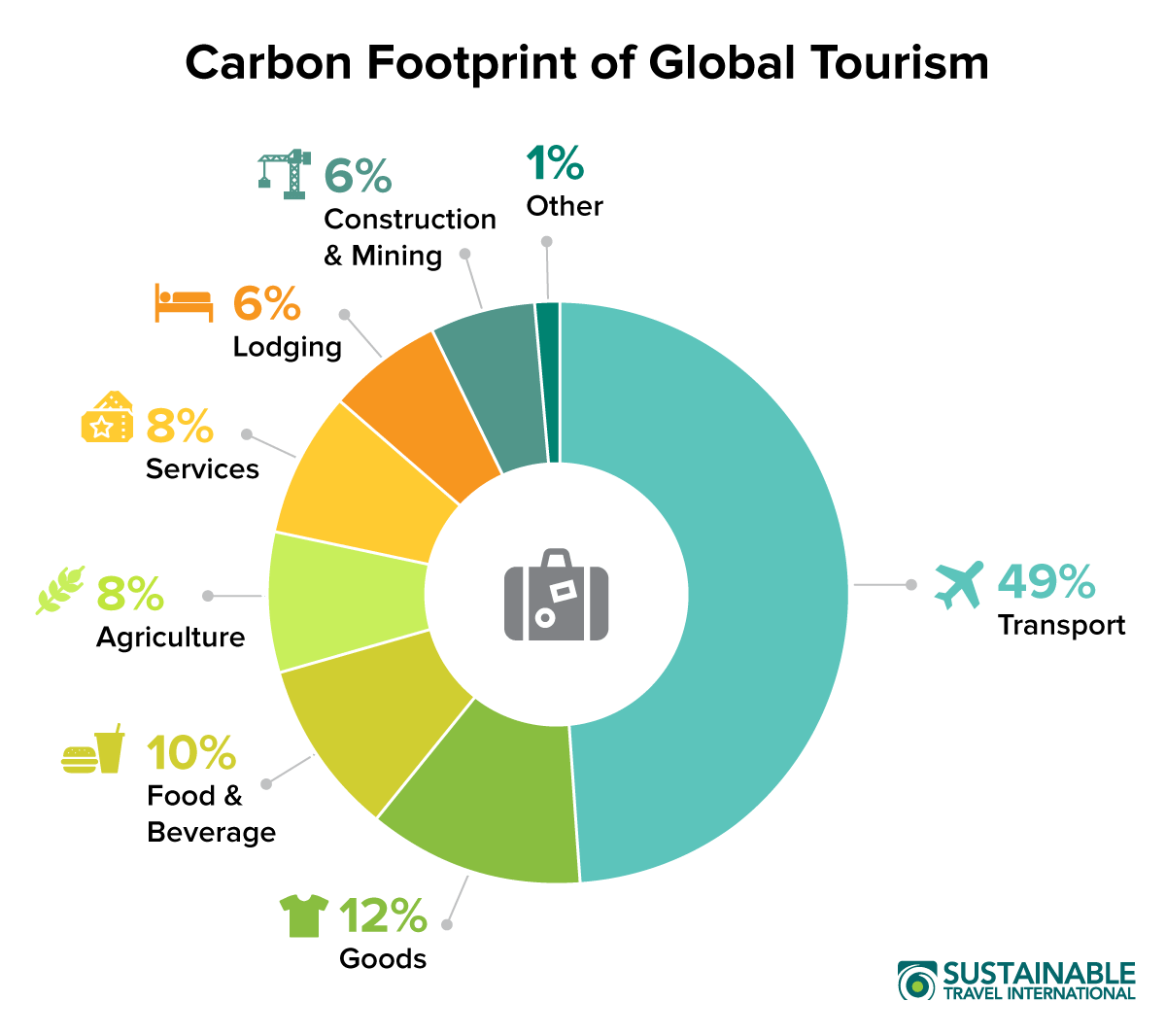



Carbon Footprint Of Tourism Sustainable Travel International




Dr Robert Rohde Greenhouse Gas Emissions Per Person By Country For The Year 16



Greenhouse Gas Emissions Our World In Data




Can You Grow An Economy While Reducing Emissions Research Says Yes Citizens Climate Lobby



Total Greenhouse Gas Emission Trends And Projections In Europe European Environment Agency




Climate Change How Quickly Are We Emissions Reducing World Economic Forum
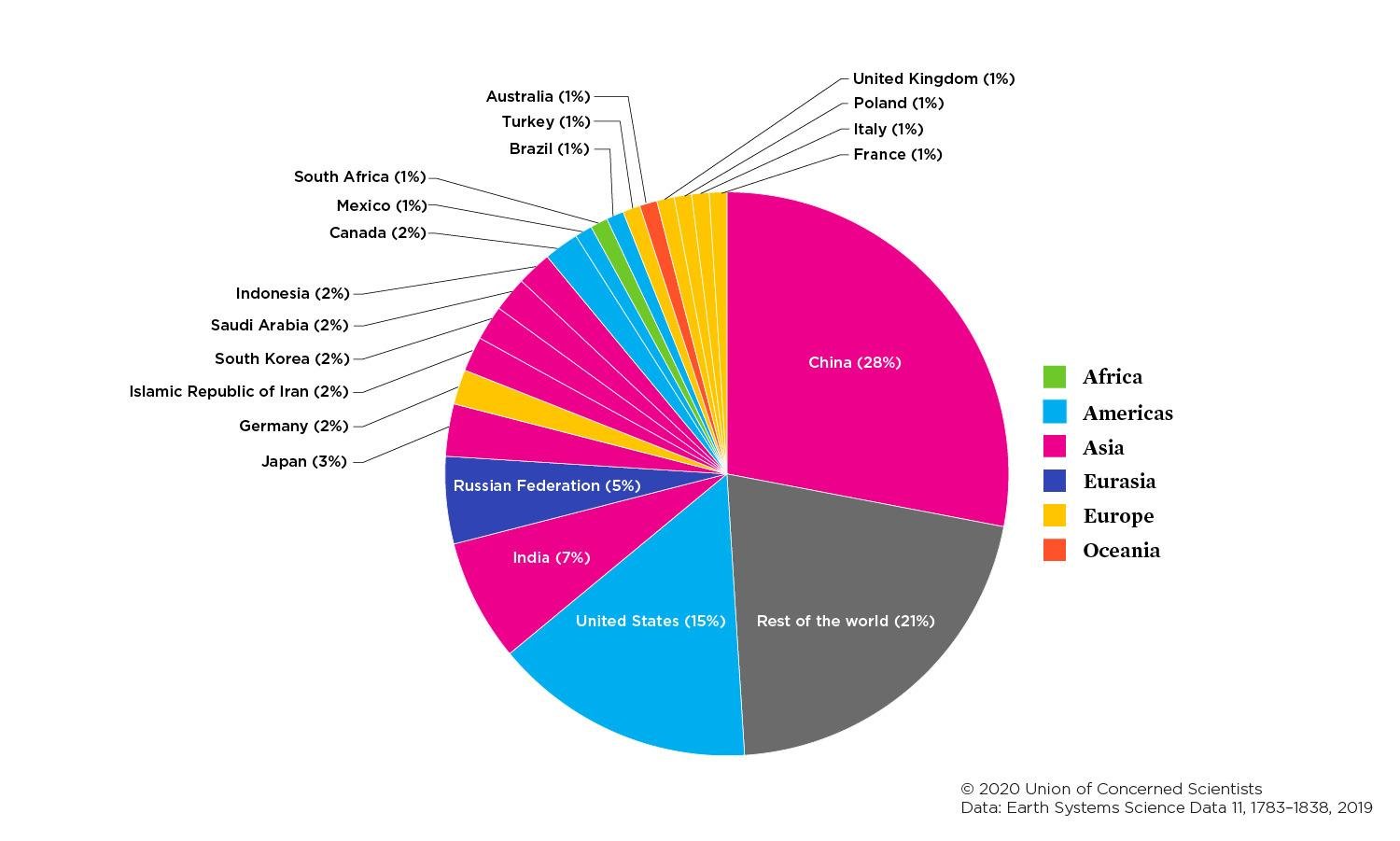



Each Country S Share Of Co2 Emissions Union Of Concerned Scientists




Germany S Greenhouse Gas Emissions And Energy Transition Targets Clean Energy Wire
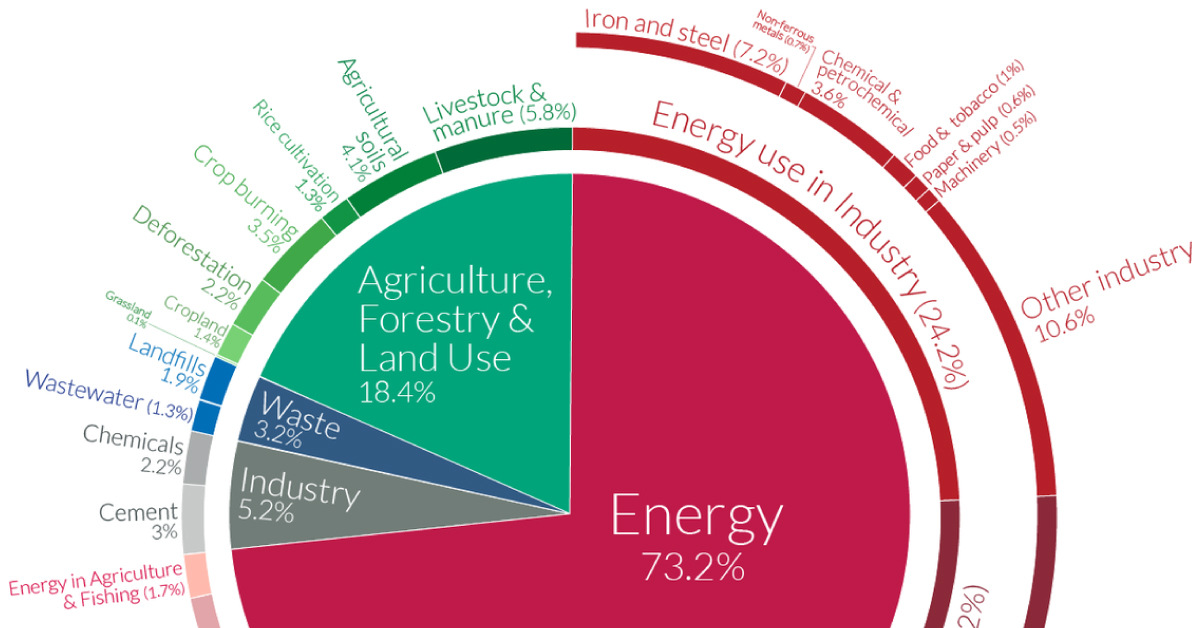



A Global Breakdown Of Greenhouse Gas Emissions By Sector
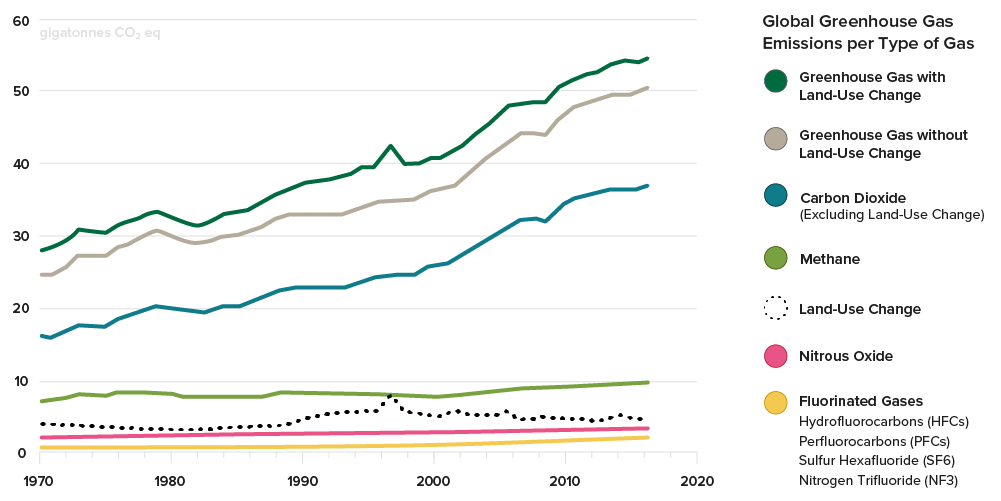



Carbon Emissions Forestry Carbon Credits The Arbor Day Foundation
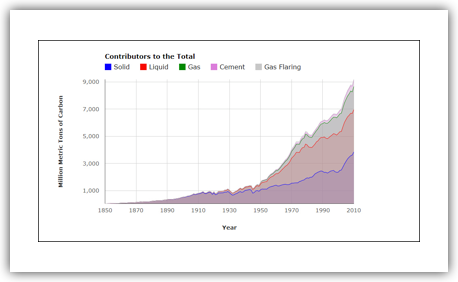



Co2 And Greenhouse Gas Emissions
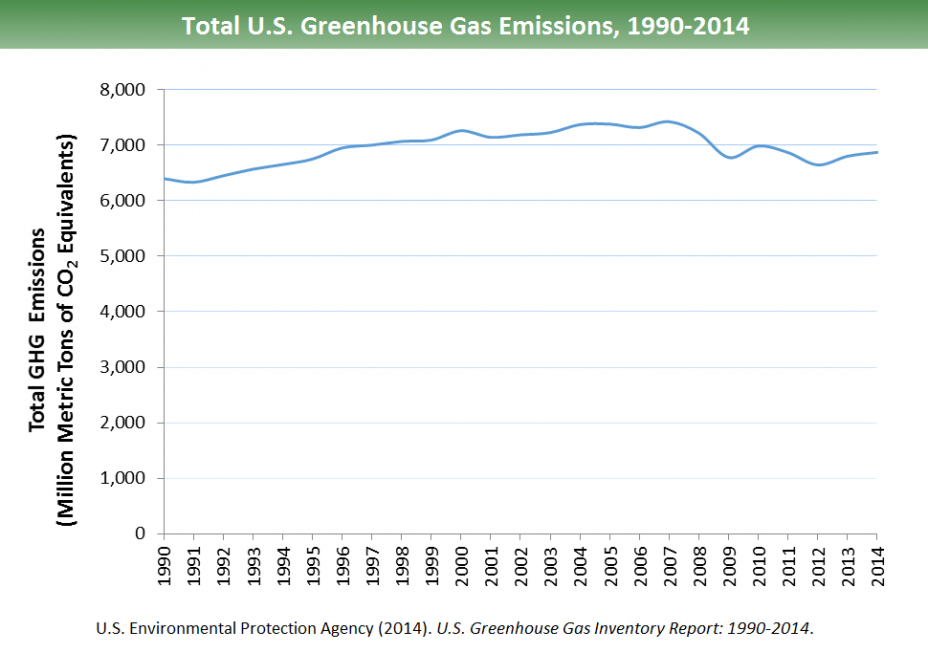



Sources Of Greenhouse Gas Emissions Greenhouse Gas Ghg Emissions Us Epa
:no_upscale()/cdn.vox-cdn.com/uploads/chorus_asset/file/16185122/gw_graphic_pie_chart_co2_emissions_by_country_2015.png)



Climate Change Animation Shows Us Leading The World In Carbon Emissions Vox




Greenhouse Gas Emissions By Country And Sector Infographic News European Parliament




China S Greenhouse Gas Emissions Exceeded The Developed World For The First Time In 19 Rhodium Group
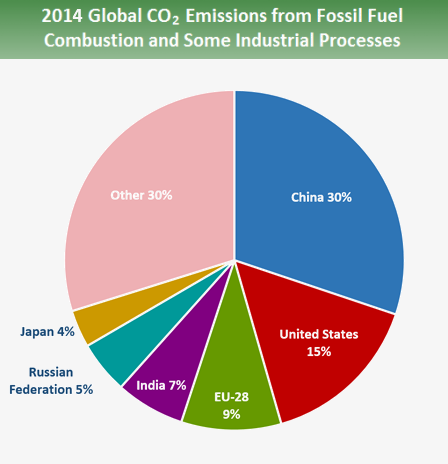



Global Greenhouse Gas Emissions Data Us Epa
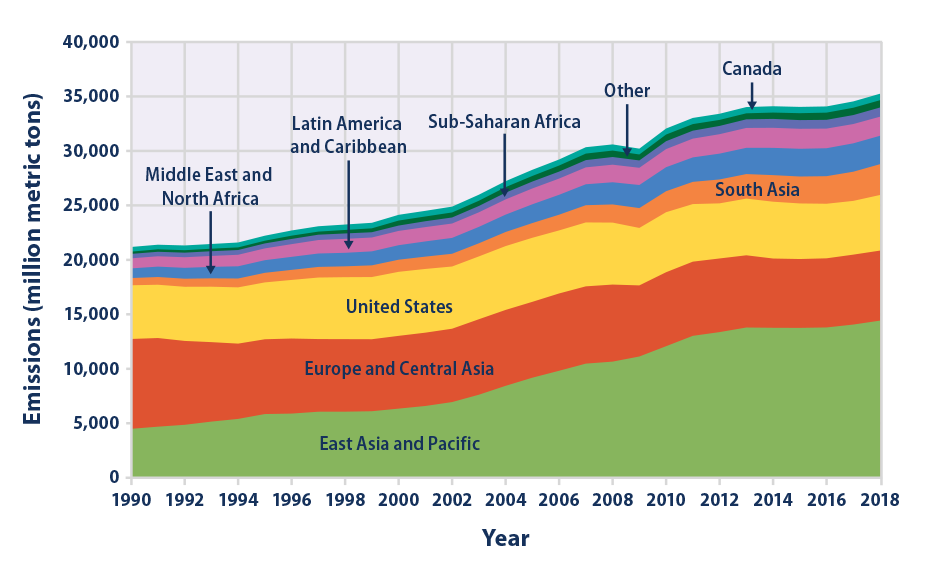



Climate Change Indicators Global Greenhouse Gas Emissions Us Epa



Chart The Carbon Age 150 Years Of Co2 Emissions Statista




Global Emissions Center For Climate And Energy Solutions
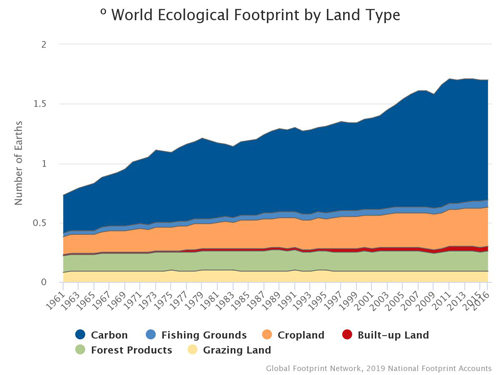



Climate Change The Carbon Footprint Global Footprint Network




World Flow Chart Of Greenhouse Gases Illustrating The Emission Download Scientific Diagram




World Greenhouse Gas Emissions Charticulator




How Each Country S Share Of Global Co2 Emissions Changes Over Time World Economic Forum




Carbon Footprint Factsheet Center For Sustainable Systems
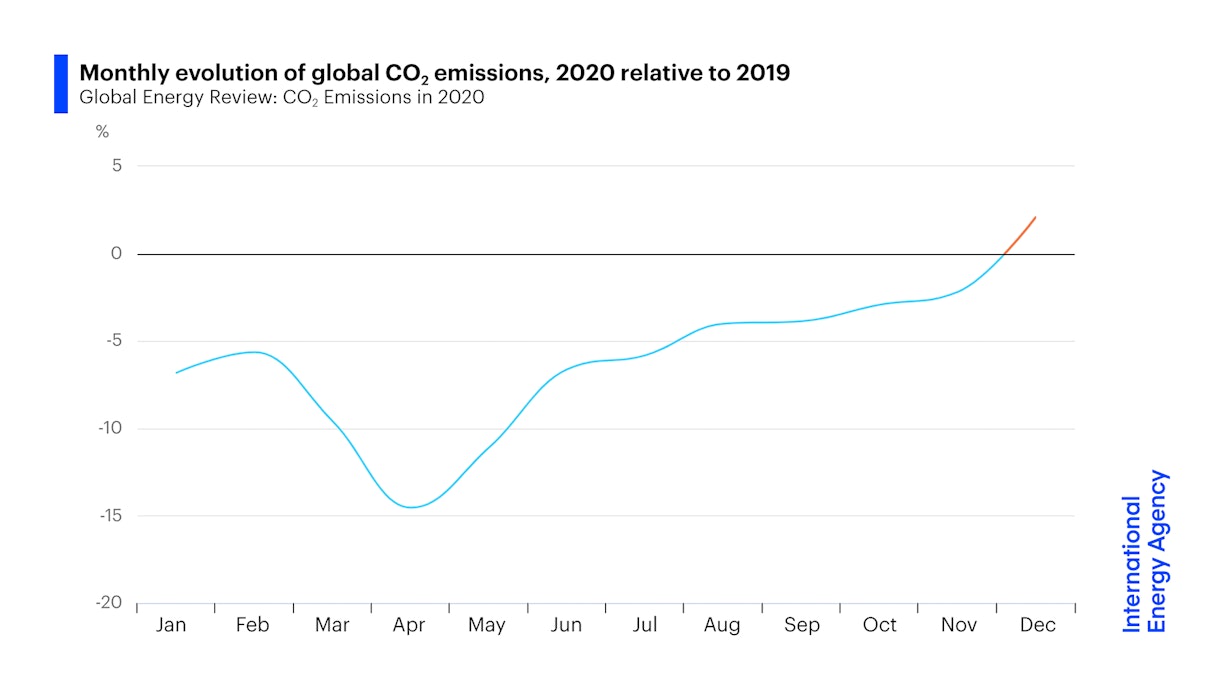



After Steep Drop In Early Global Carbon Dioxide Emissions Have Rebounded Strongly News Iea
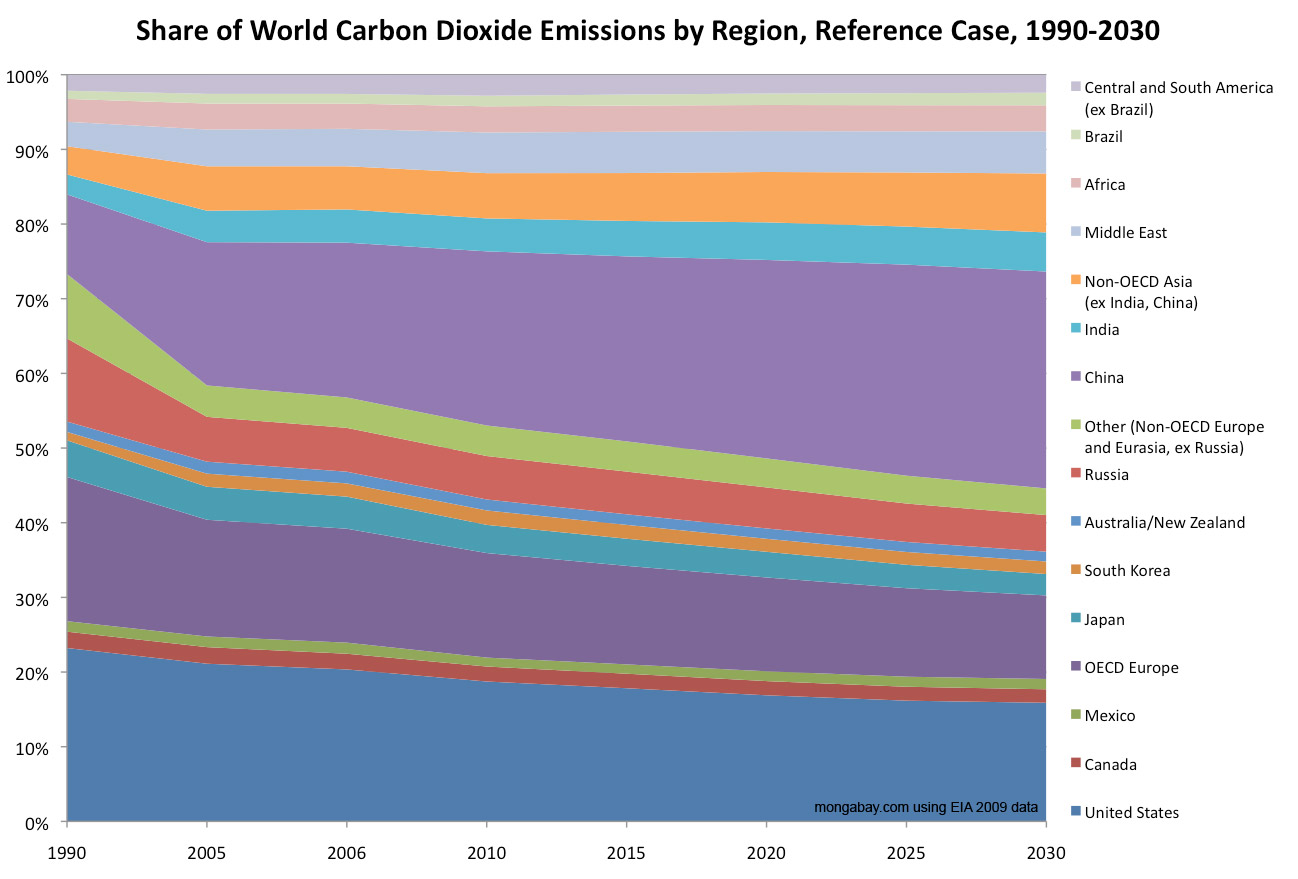



Carbon Dioxide Emissions Charts




Global Historical Co2 Emissions 1750 Statista
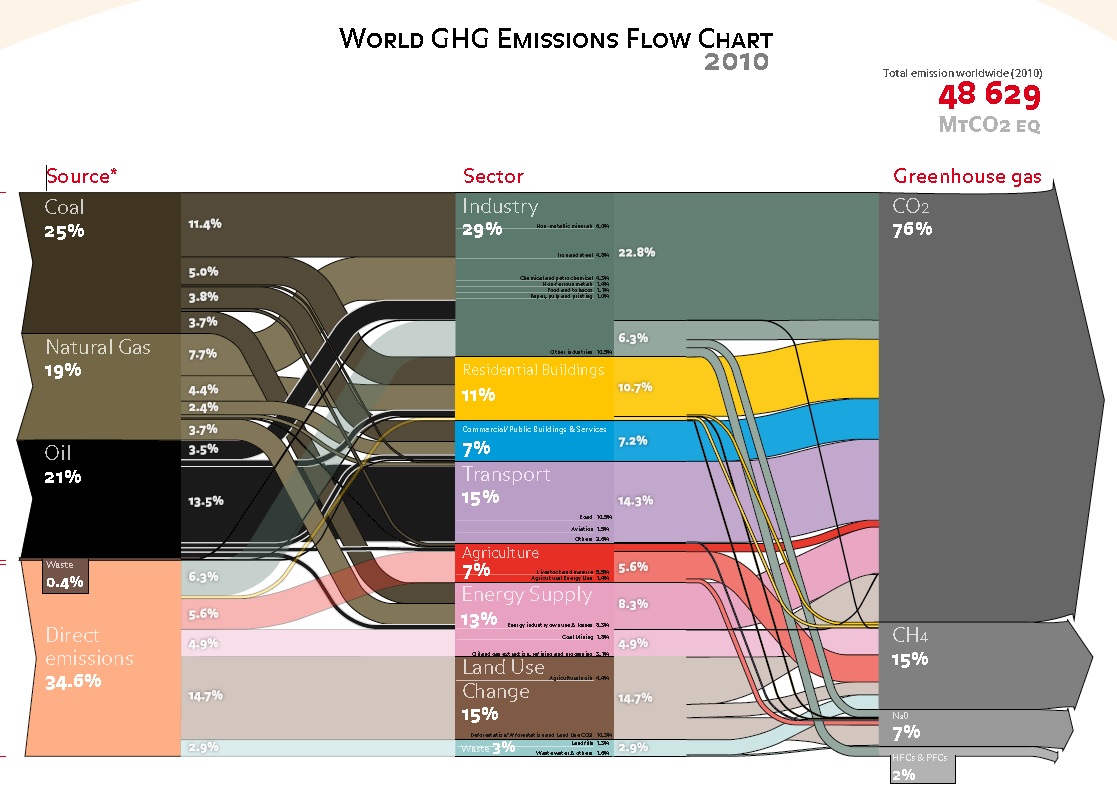



Greenhouse Gases Where They Really Come From Infographic



Canada Ca
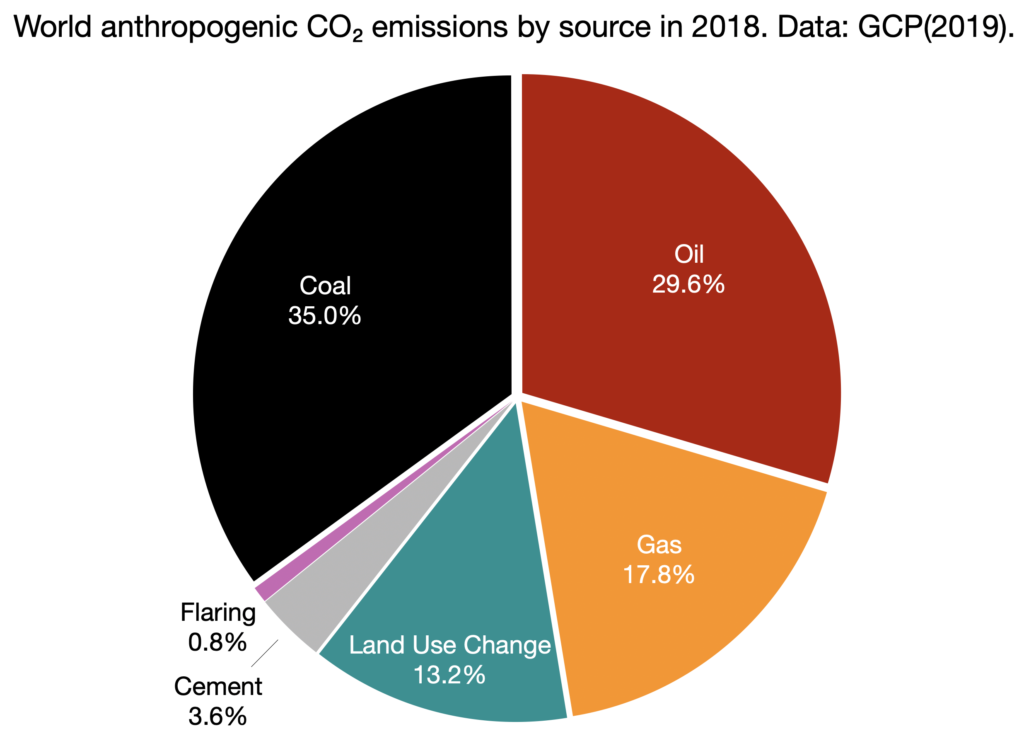



Greenhouse Gas Emissions World Energy Data




Greenhouse Gas Emissions Plunged 17 Percent During Pandemic The Washington Post
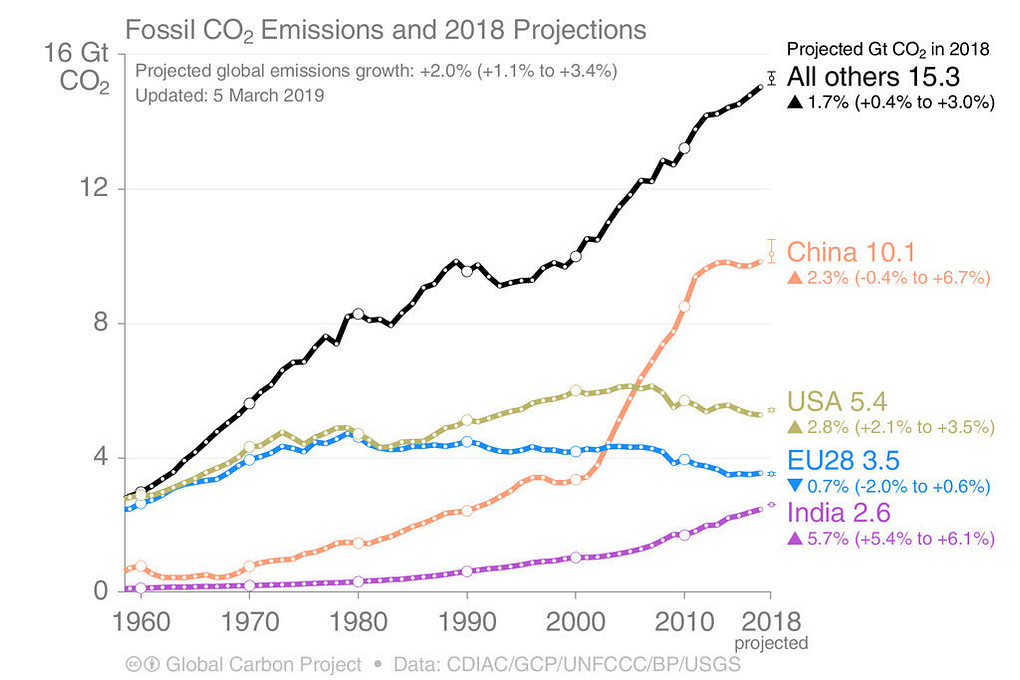



Leaders In Greenhouse Gas Emissions Mr Green
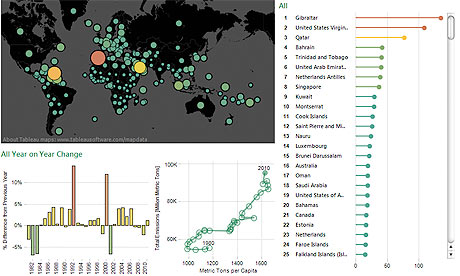



World Carbon Emissions The League Table Of Every Country Environment Theguardian Com




The World S Greenhouse Gas Emissions In One Graphic Climate Central



Earthcharts Greenhouse Gas Emissions By Sector




World Flow Chart Of Greenhouse Gases Illustrating The Emission Download Scientific Diagram
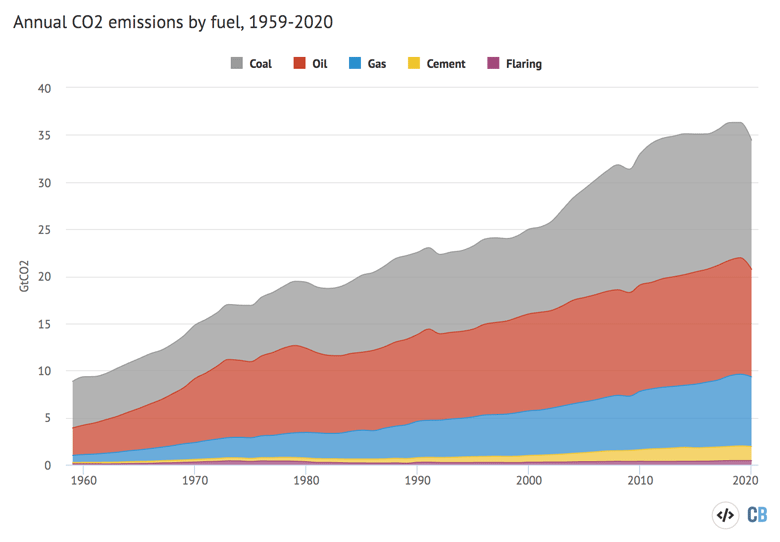



Global Carbon Project Coronavirus Causes Record Fall In Fossil Fuel Emissions In Carbon Brief
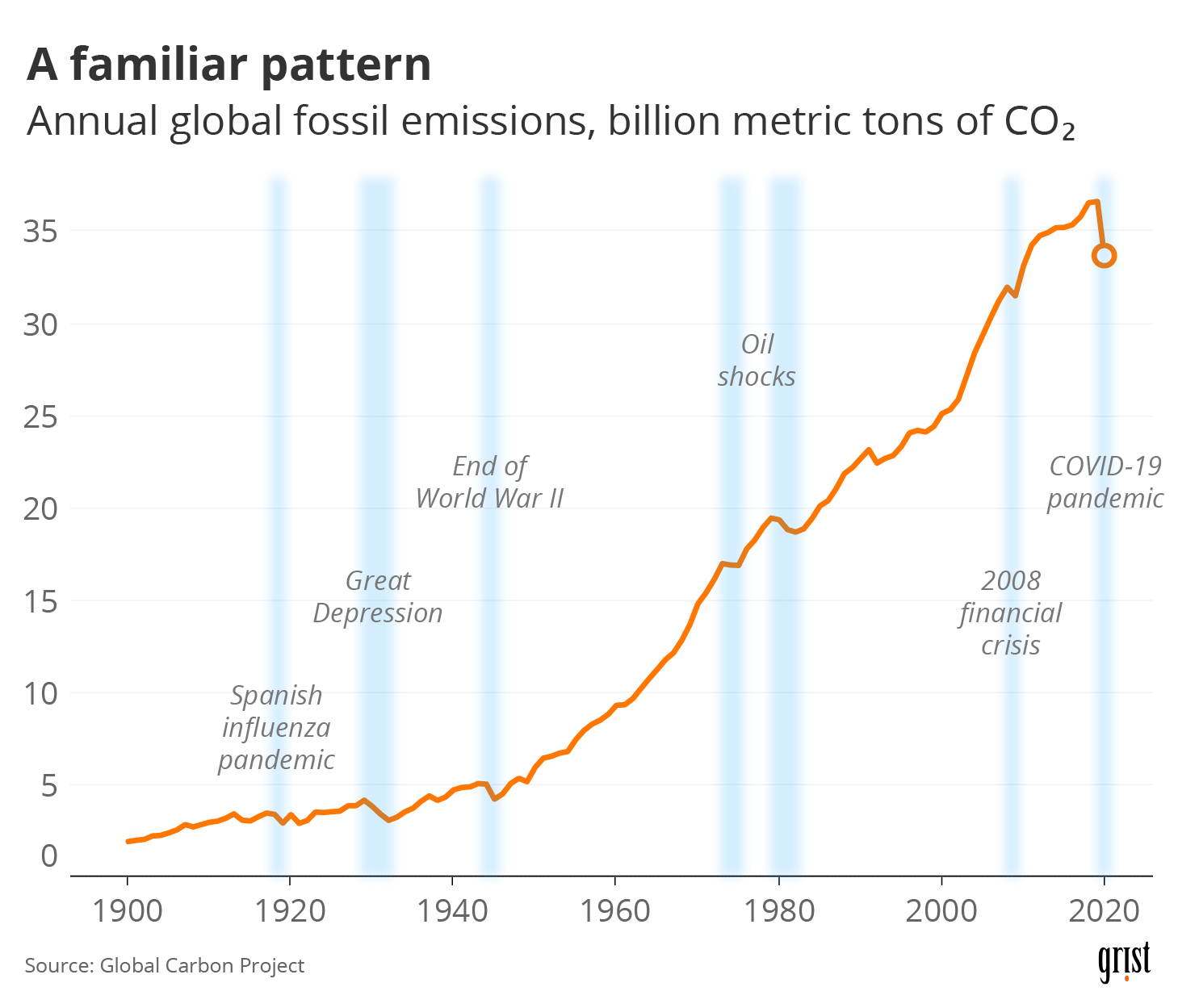



After A Century Of Growth Have Carbon Emissions Reached Their Peak Grist
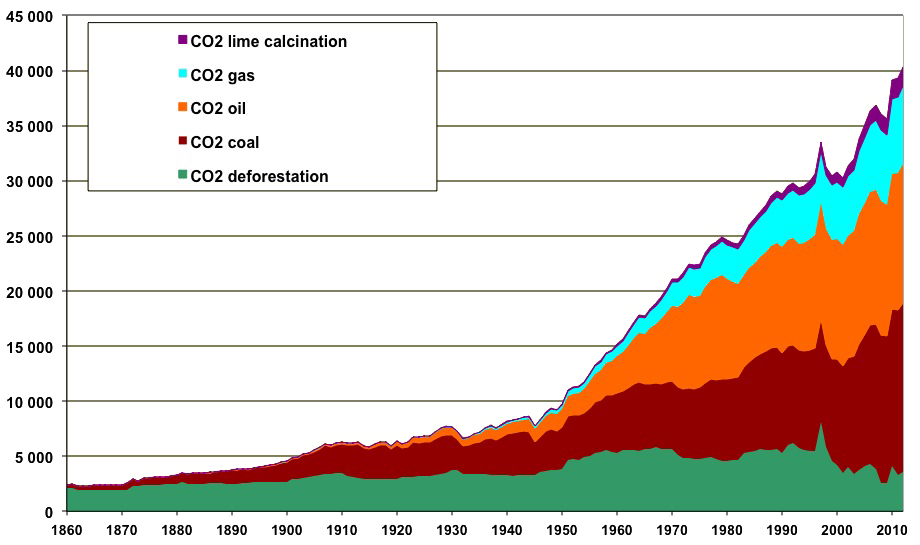



How Do Greenhouse Gas Emissions Presently Evolve Jean Marc Jancovici
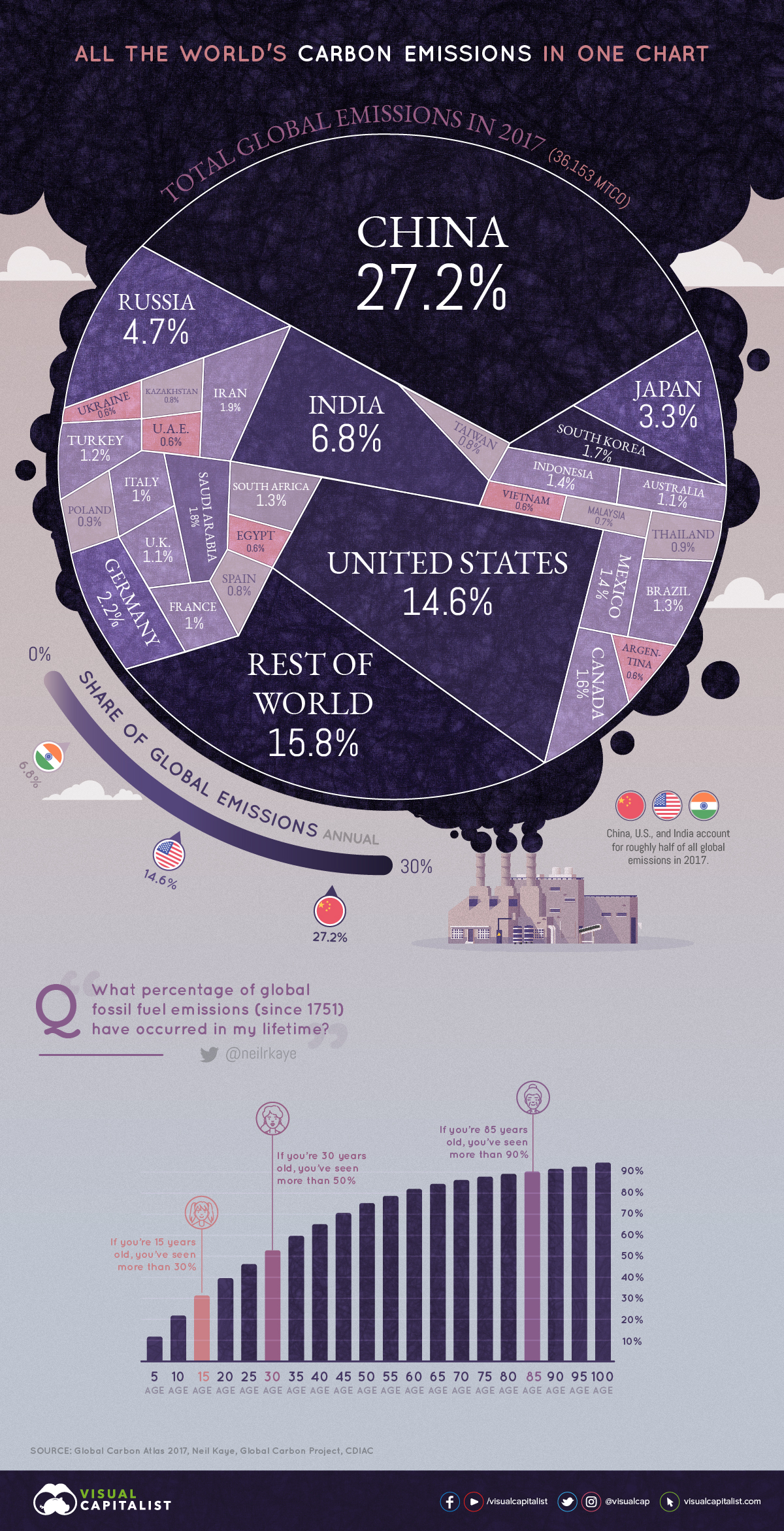



All Of The World S Carbon Emissions In One Giant Chart




Chart Of The Day These Countries Have The Largest Carbon Footprints World Economic Forum
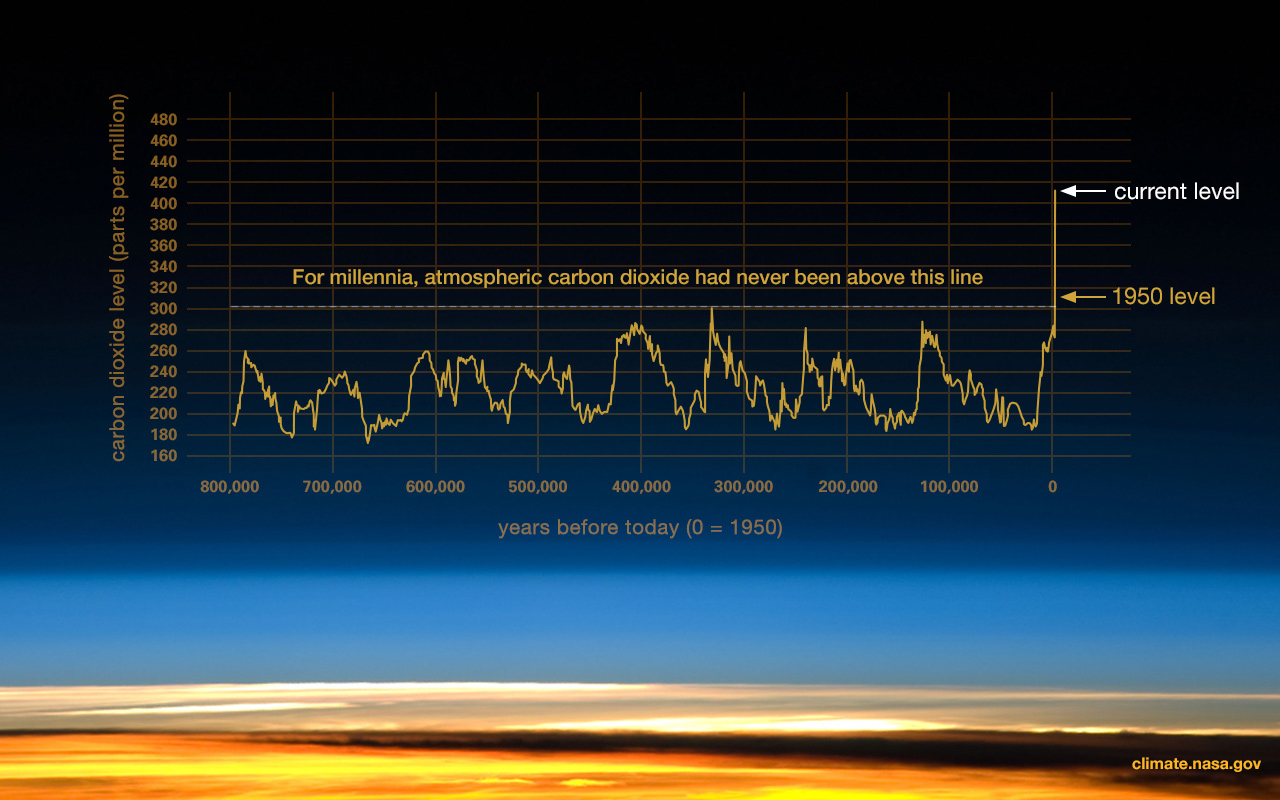



Evidence Facts Climate Change Vital Signs Of The Planet



U S Ghg Emissions Flow Chart Visual Ly
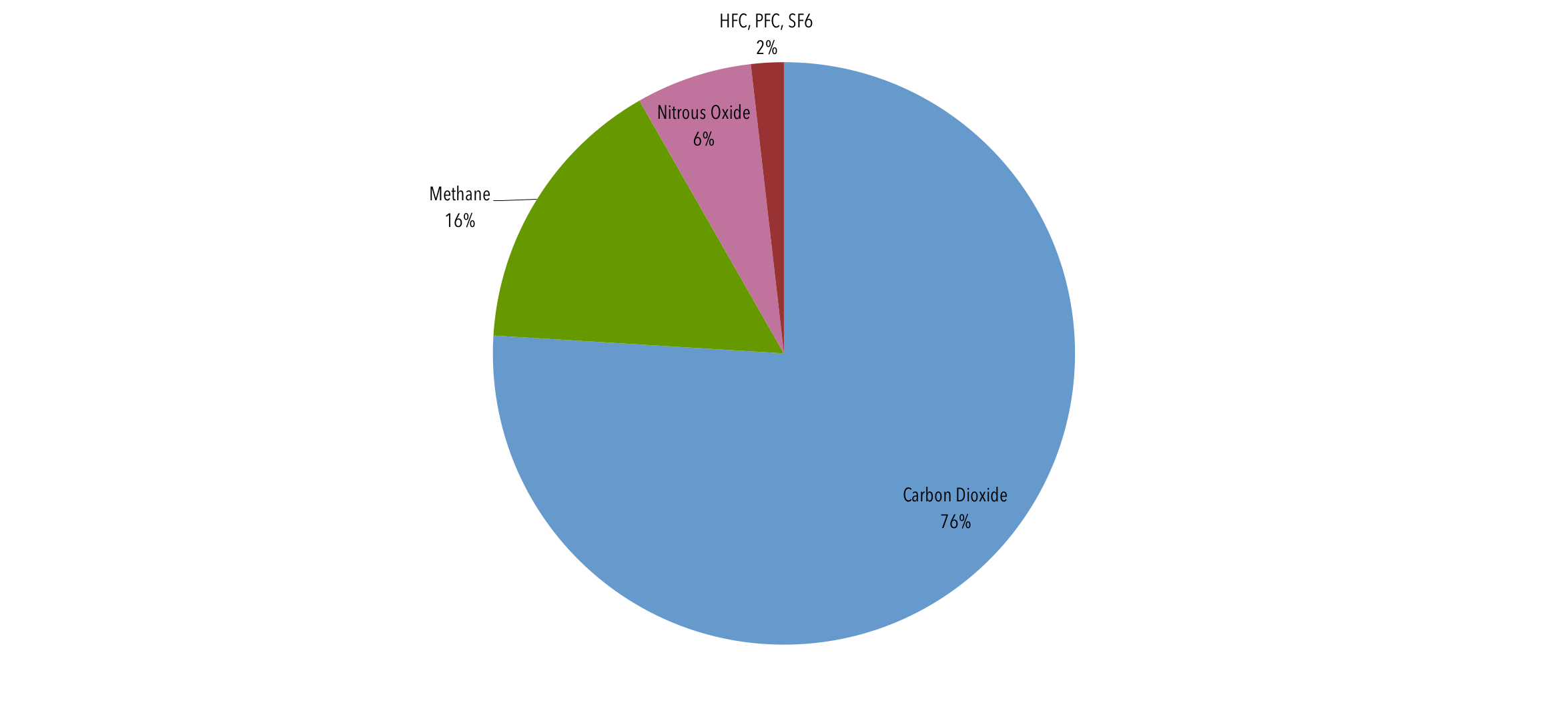



Global Emissions Center For Climate And Energy Solutions




Global Emissions Center For Climate And Energy Solutions
/cdn.vox-cdn.com/assets/4250823/ecofys-world-ghg-emissions-flowchart.png)



Where Do Greenhouse Gas Emissions Come From Vox



Population Growth Vs Emissions Growth Serendipity
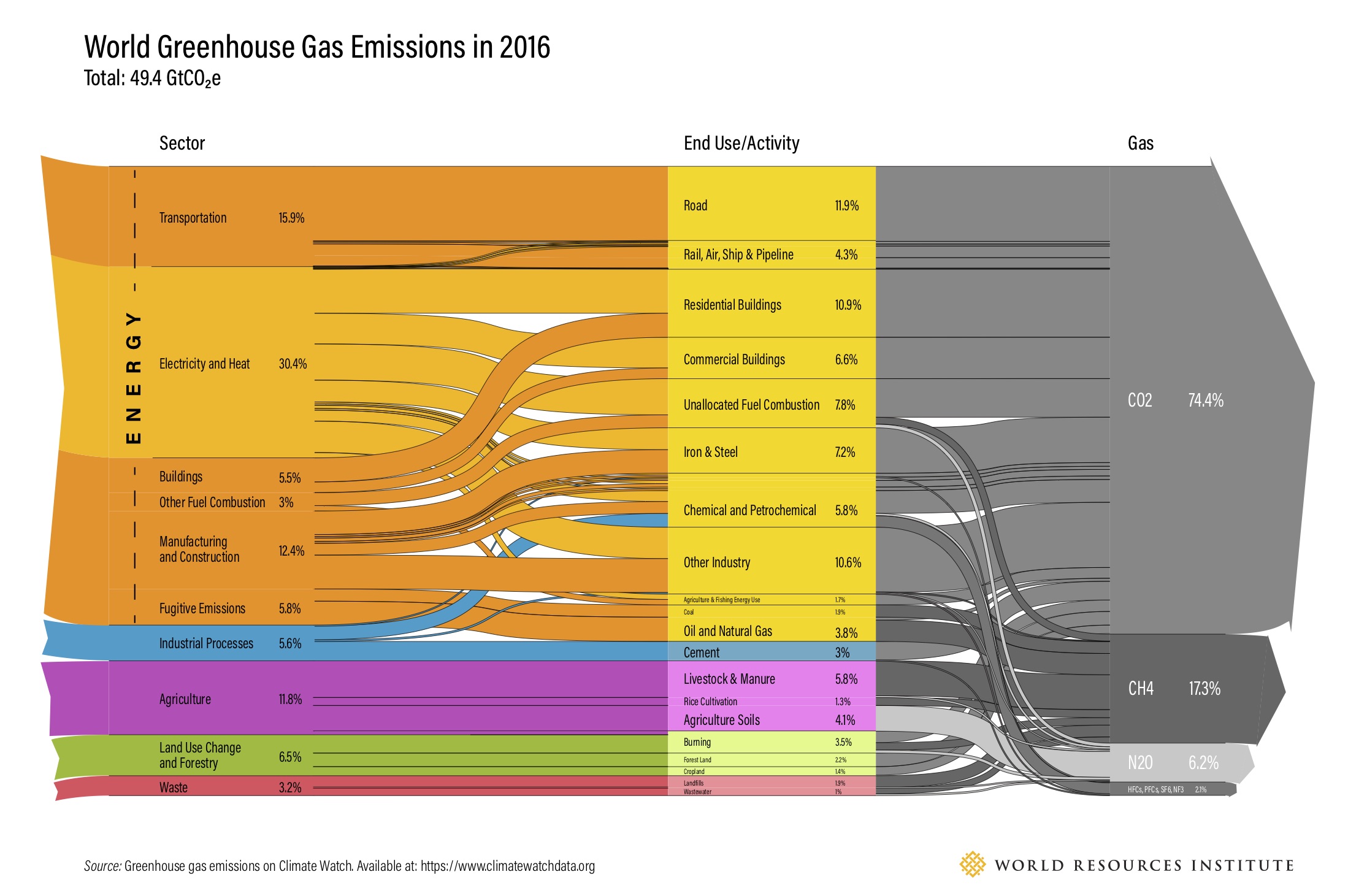



World Ghg Emissions 16 Sankey Diagrams



1
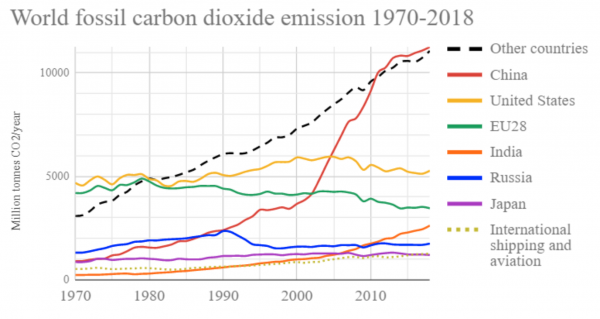



Which Countries Are The World S Biggest Carbon Polluters Climate Trade
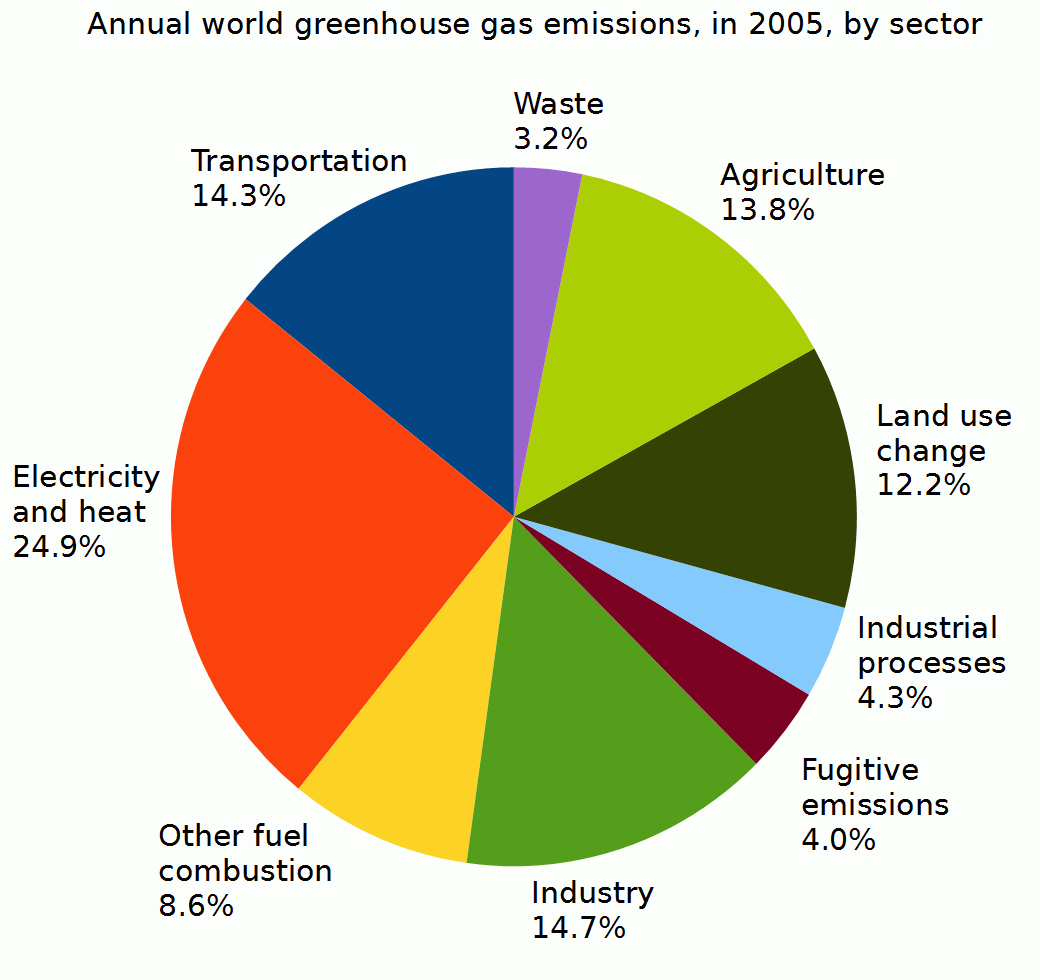



File Annual World Greenhouse Gas Emissions In 05 By Sector Png Wikimedia Commons
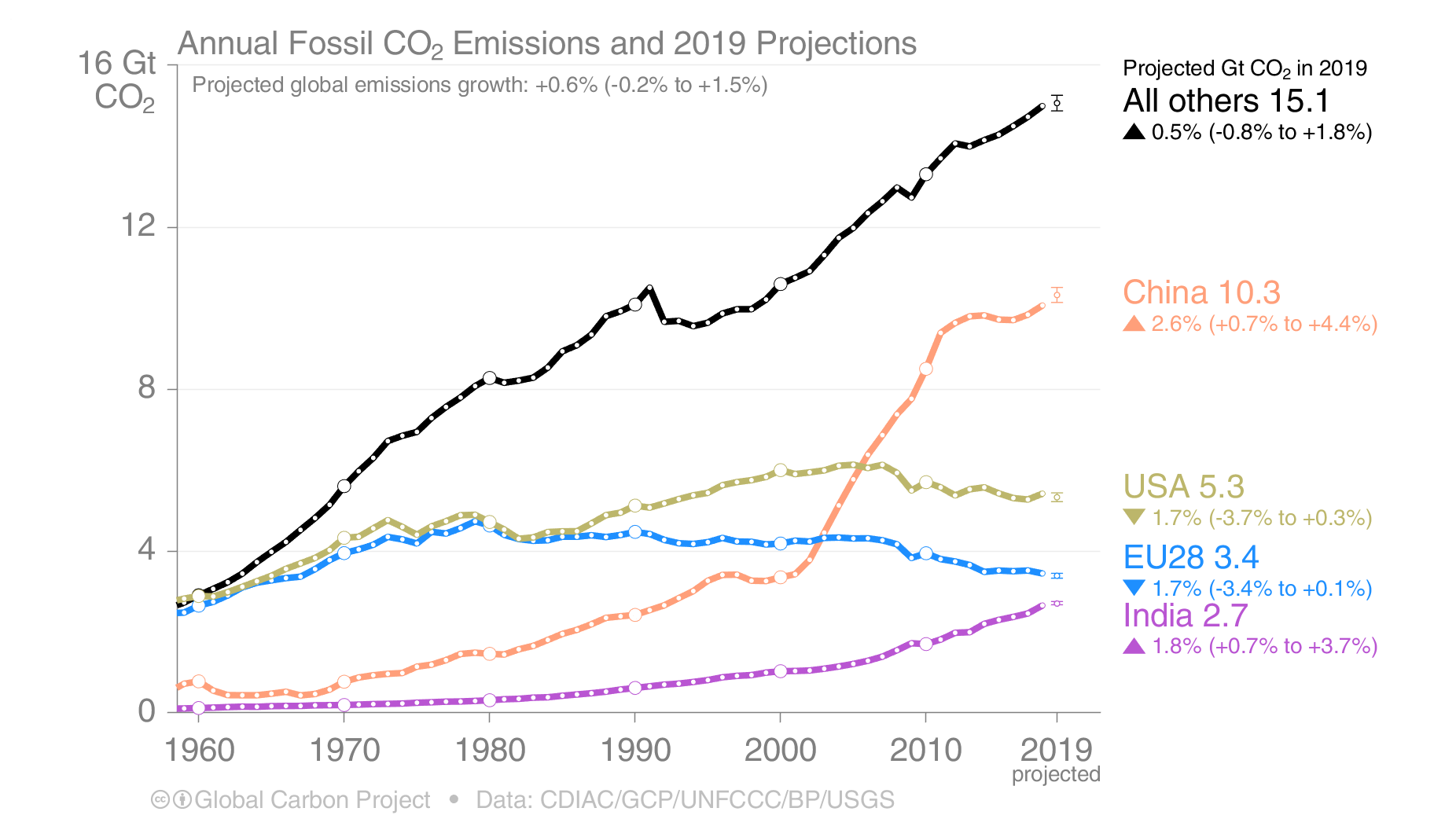



Here S How Much Global Carbon Emission Increased This Year Ars Technica




Co2 Emissions Our World In Data
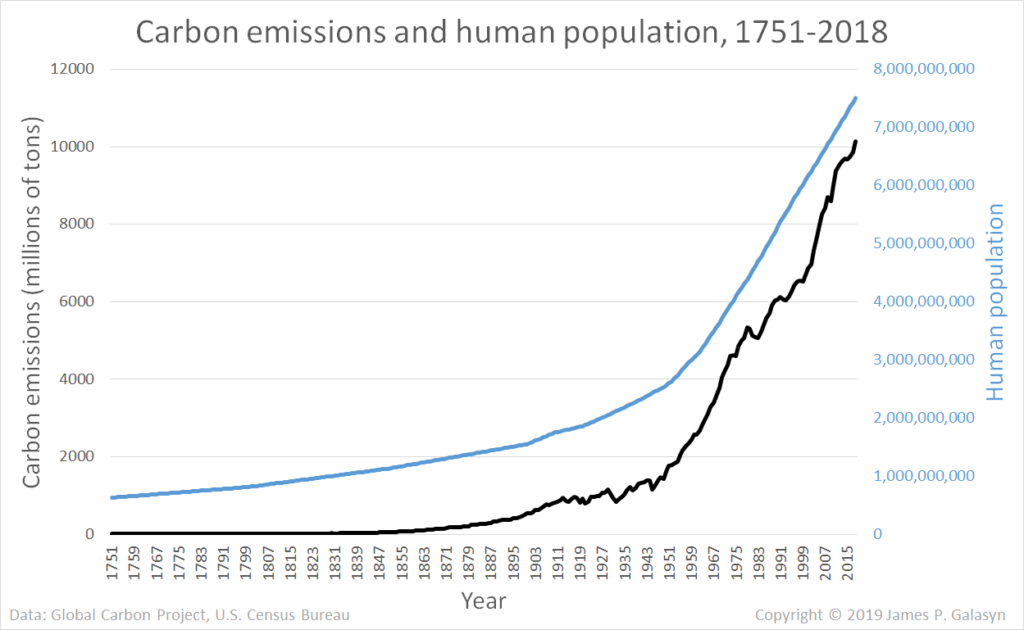



Graph Of The Day Carbon Emissions And Human Population 1751 18 Desdemona Despair




Thanks To The World Resources Institute For This Interesting Infographic Http Www Wri Org Chart Greenhouse Gases Greenhouse Gas Emissions Greenhouse Effect



1




File Global Carbon Emission By Type To Y04 Png Wikimedia Commons



1



Chart Global Carbon Emissions Fall In Statista
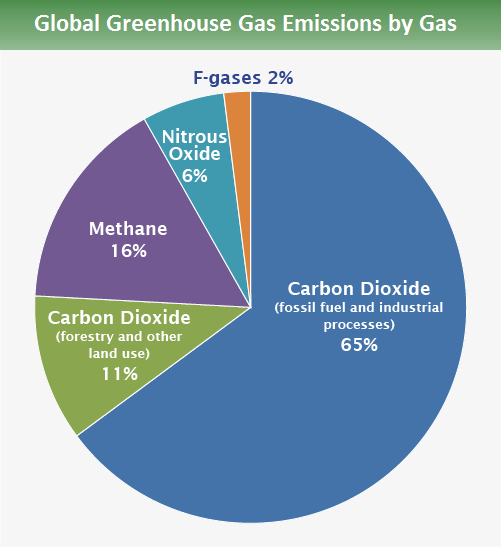



Global Greenhouse Gas Emissions Data Us Epa



Global Greenhouse Gas Emissions By Country And Sector Used Cait As Data Source Climatechange
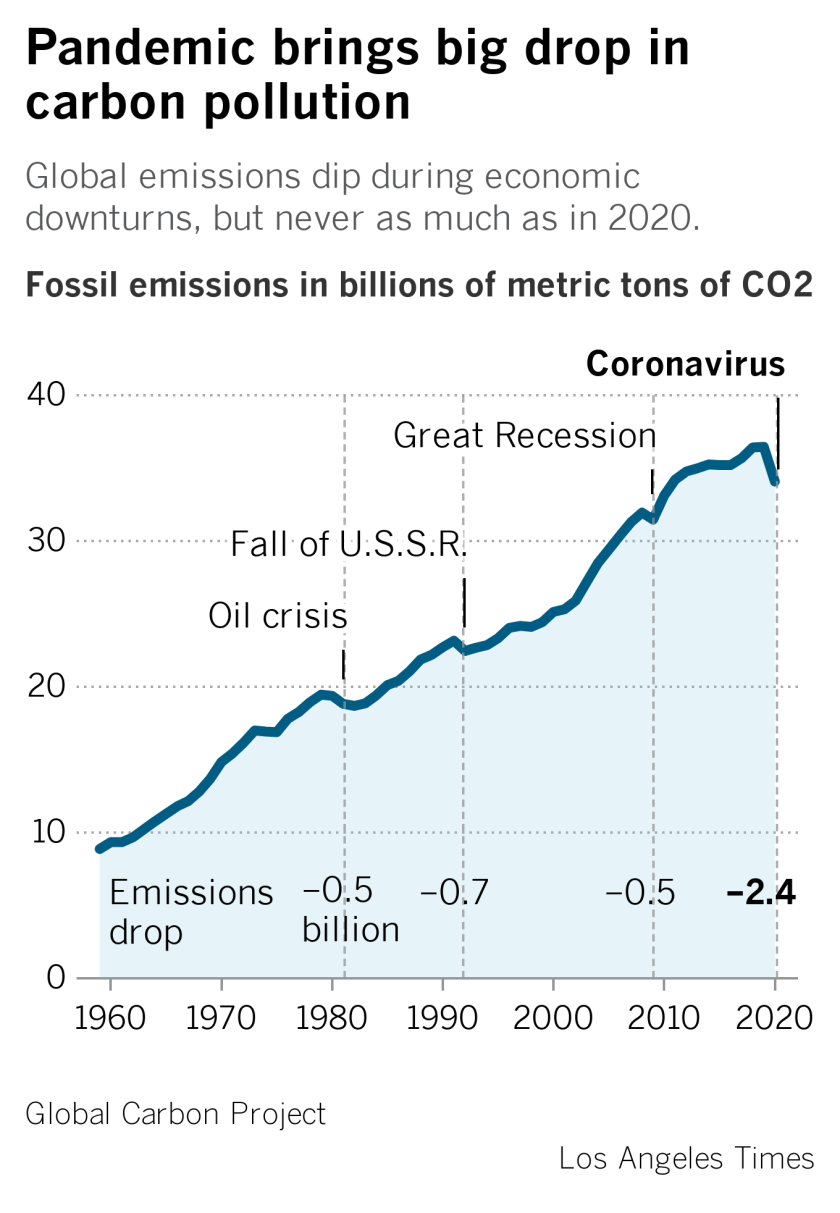



Global Carbon Emissions Dropped 7 Amid Covid 19 Los Angeles Times




Interactive What Is The Climate Impact Of Eating Meat And Dairy Carbon Brief



List Of Countries By Greenhouse Gas Emissions Per Person Wikipedia



Co And Greenhouse Gas Emissions Our World In Data
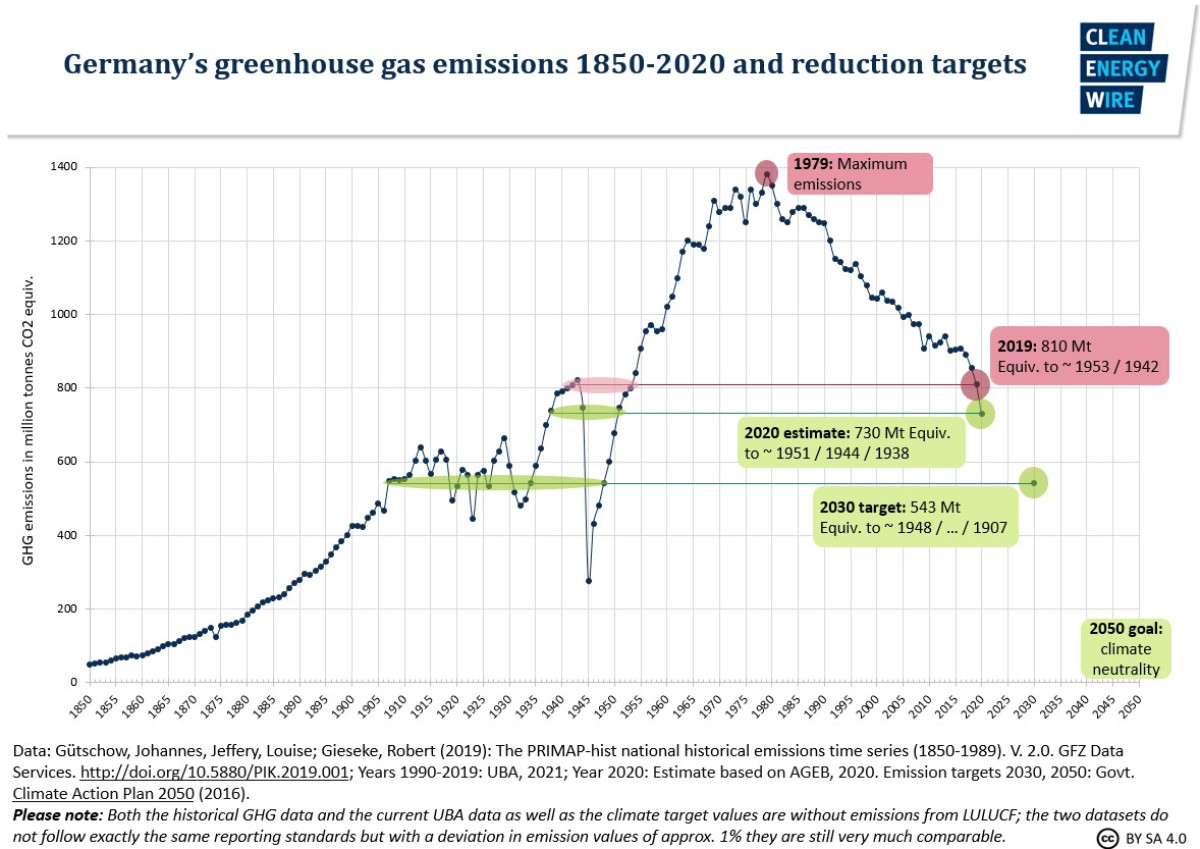



Germany S Greenhouse Gas Emissions And Energy Transition Targets Clean Energy Wire



World Ghg Emissions Flow Chart 12 Eldis




Oc Global Carbon Emissions Compared To Ipcc Recommended Pathway To 1 5 Degree Warming Dataisbeautiful
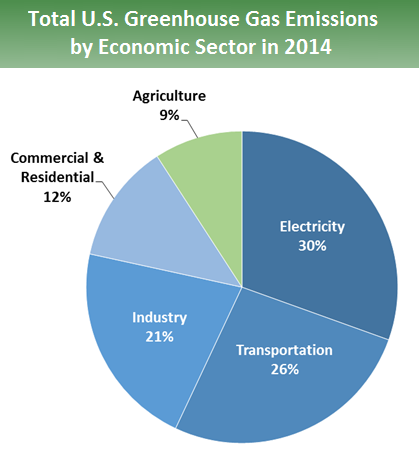



Sources Of Greenhouse Gas Emissions Greenhouse Gas Ghg Emissions Us Epa



Greenhouse Gas Emissions By The United States Wikipedia
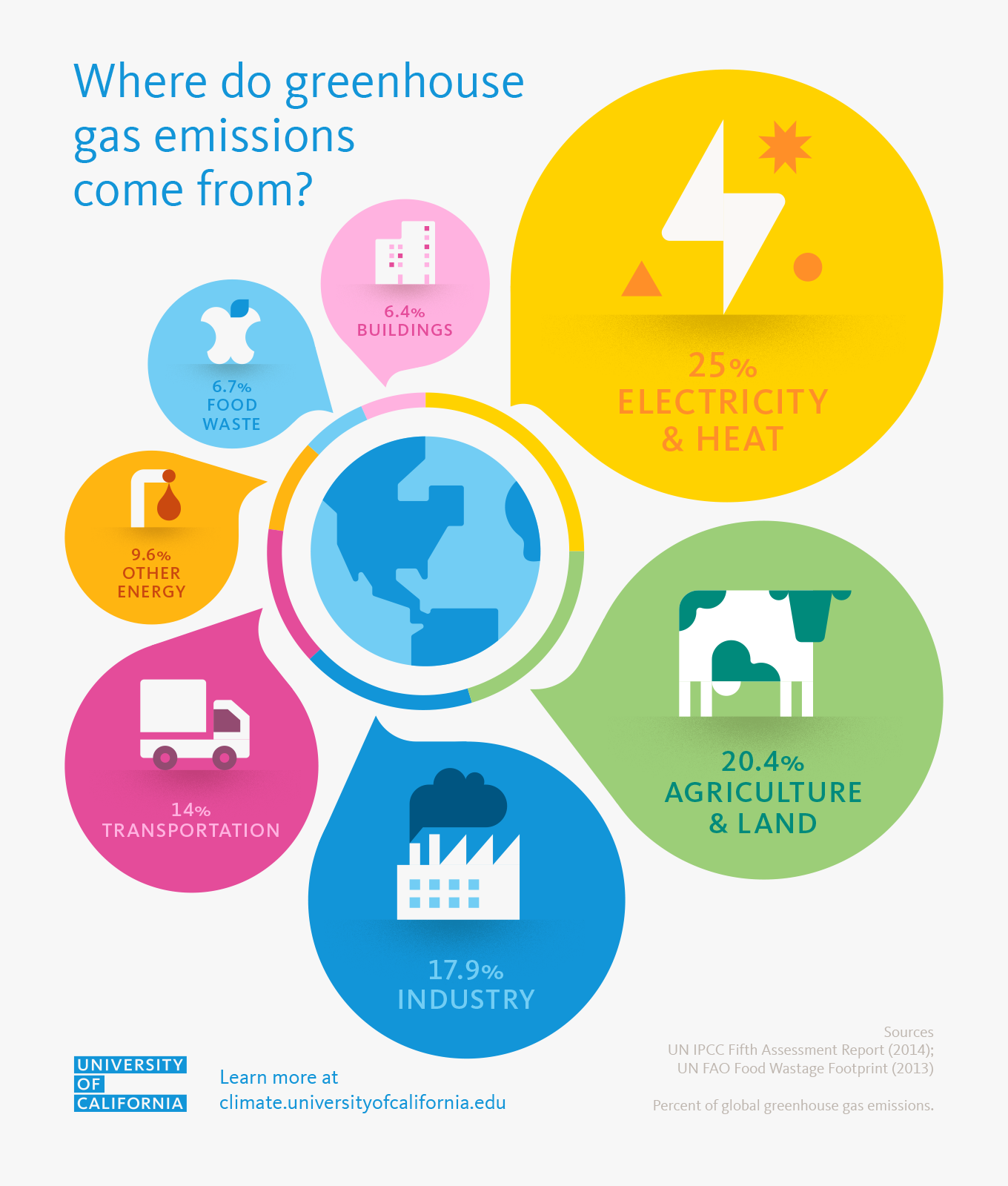



Where Do Greenhouse Gas Emissions Come From University Of California




Coronavirus Could Trigger Biggest Fall In Carbon Emissions Since World War Two Reuters
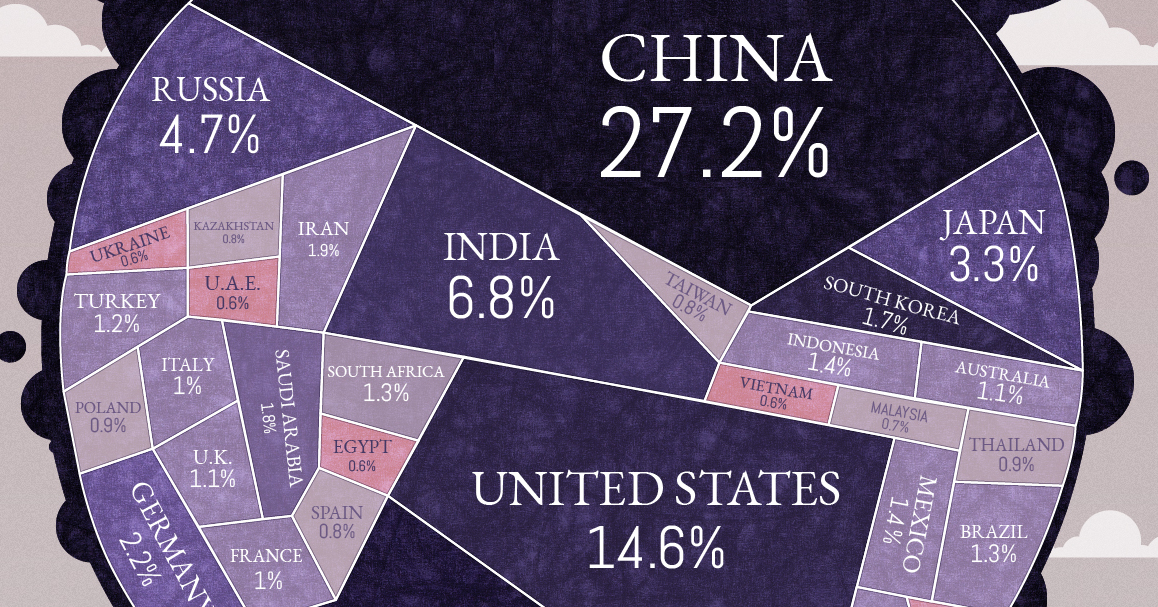



All Of The World S Carbon Emissions In One Giant Chart
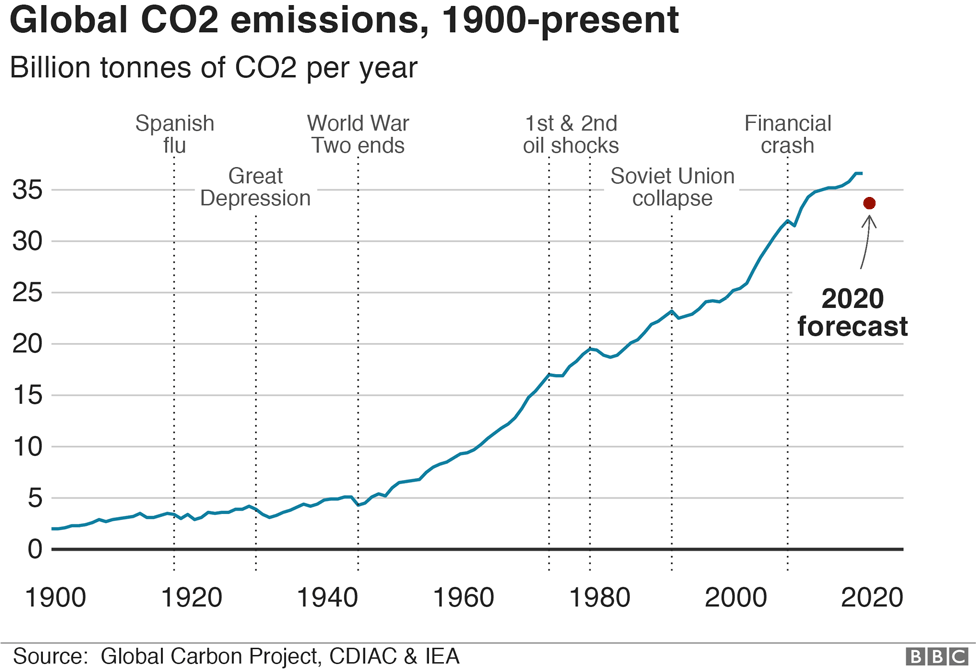



Climate Change And Coronavirus Five Charts About The Biggest Carbon Crash c News




Scale Distribution And Variations Of Global Greenhouse Gas Emissions Driven By U S Households Sciencedirect




List Of Countries By Carbon Dioxide Emissions Per Capita Wikipedia
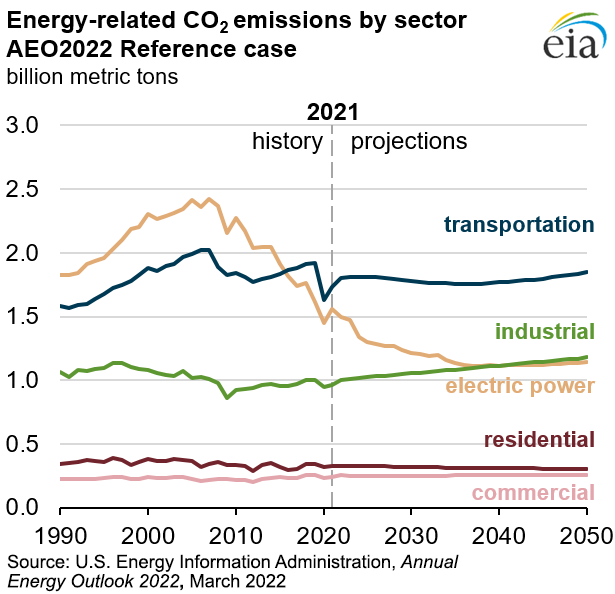



Outlook For Future Emissions U S Energy Information Administration Eia




Climate Accountability Institute
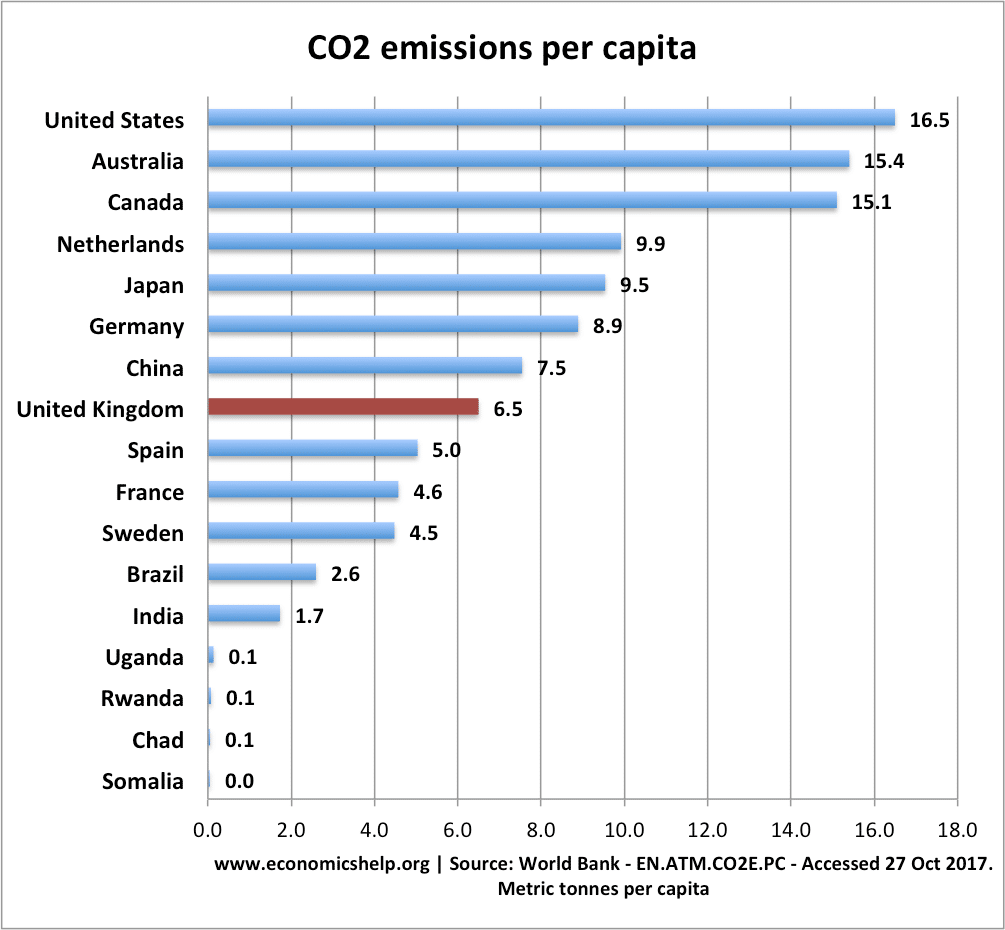



Top Co2 Polluters And Highest Per Capita Economics Help
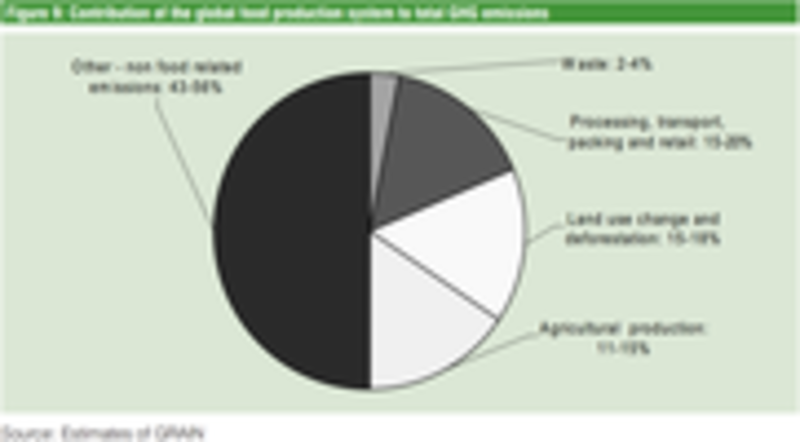



Grain How Much Of World S Greenhouse Gas Emissions Come From Agriculture
/cdn.vox-cdn.com/assets/4250823/ecofys-world-ghg-emissions-flowchart.png)



Where Do Greenhouse Gas Emissions Come From Vox



Co And Greenhouse Gas Emissions Our World In Data
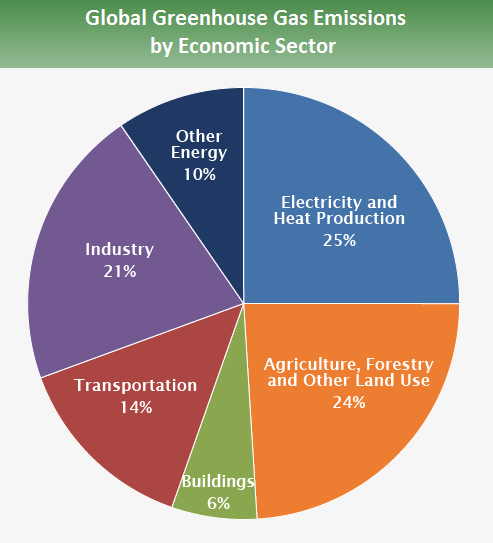



Global Greenhouse Gas Emissions Data Us Epa



Chart China Leads Greenhouse Gas Emissions Worldwide Statista




Greenhouse Gas Emissions Are Set To Rise Fast In 21 The Economist
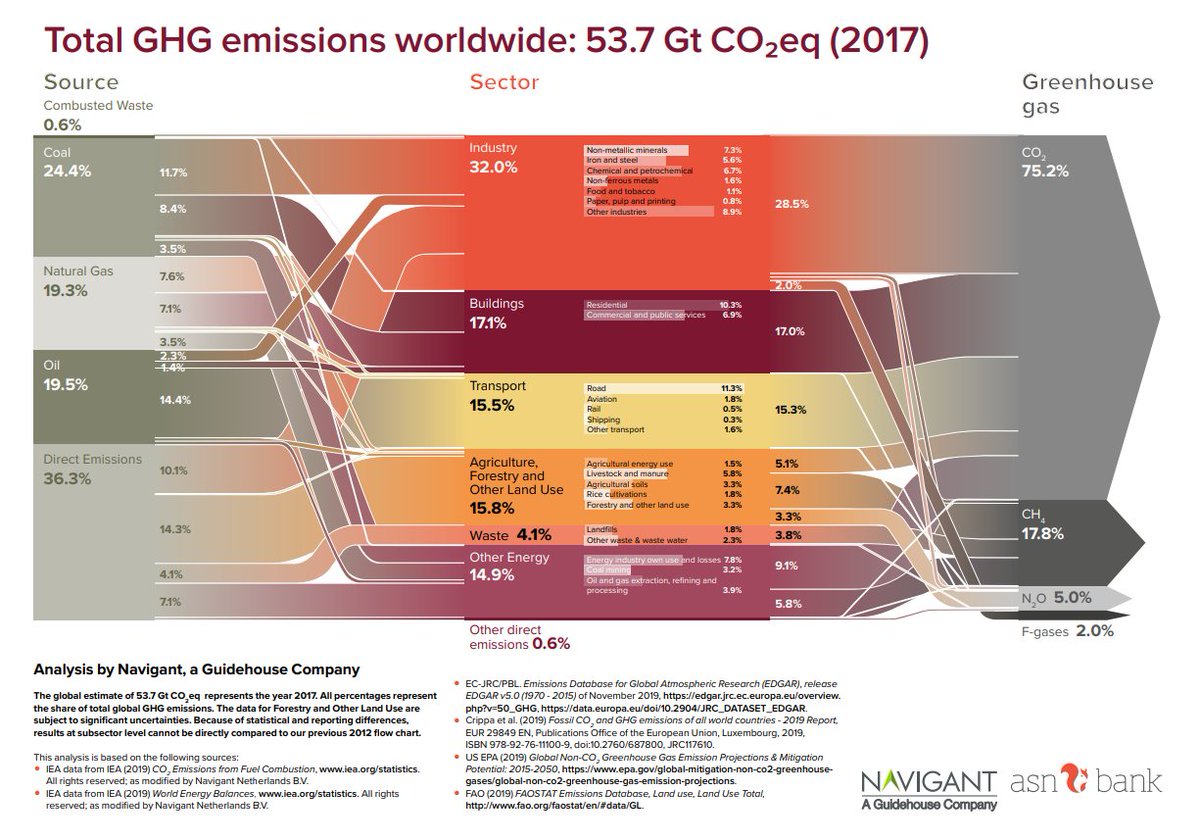



Guidehouse Energy Sustainability Infrastructure Coal Still Responsible For Quarter Of Global Greenhouse Gas Emissions Navigantenergy And Asnbank Publish Update Of World Ghg Emissions Flowchart Download T Co Vq58kwnmc4
コメント
コメントを投稿